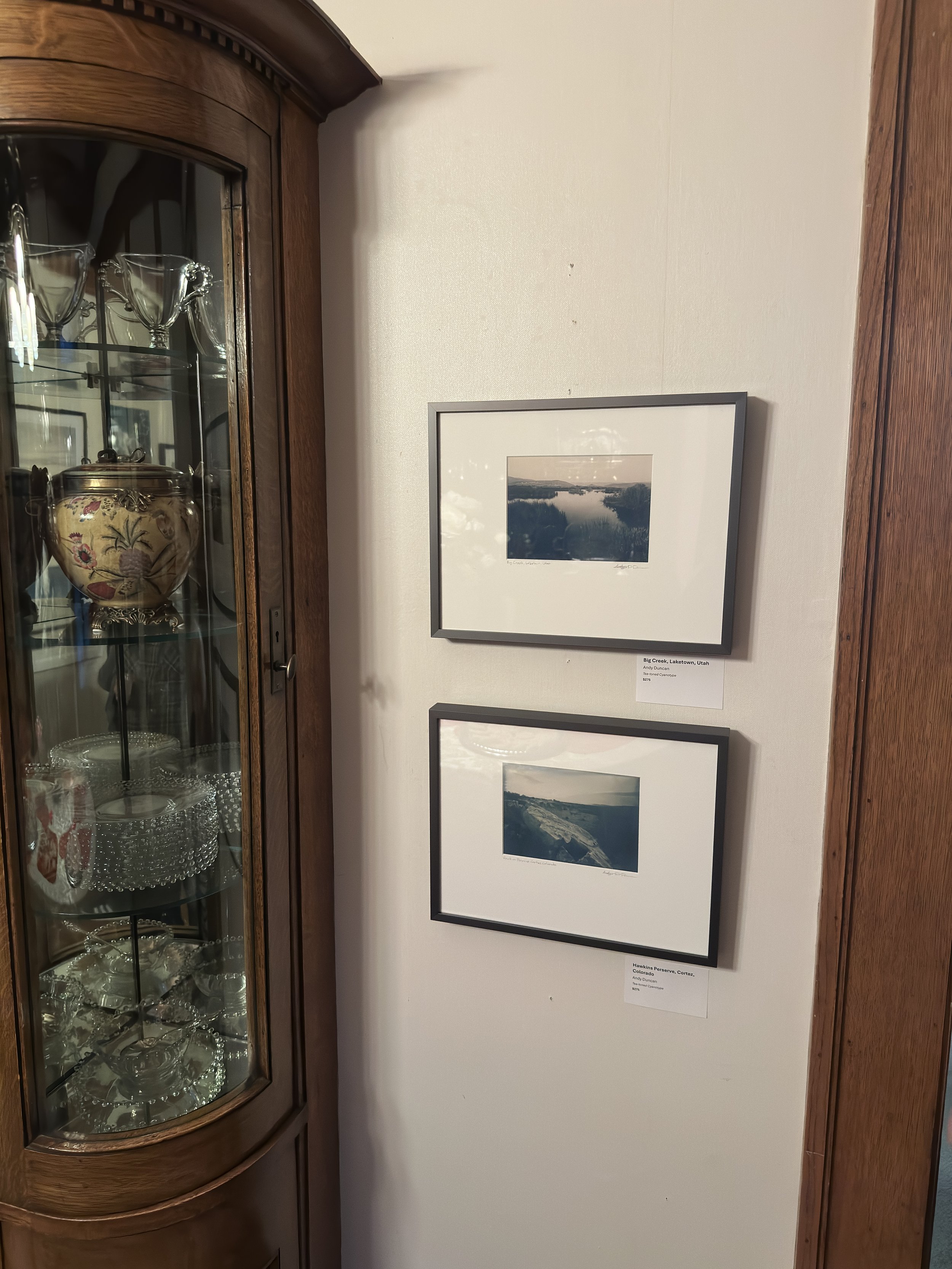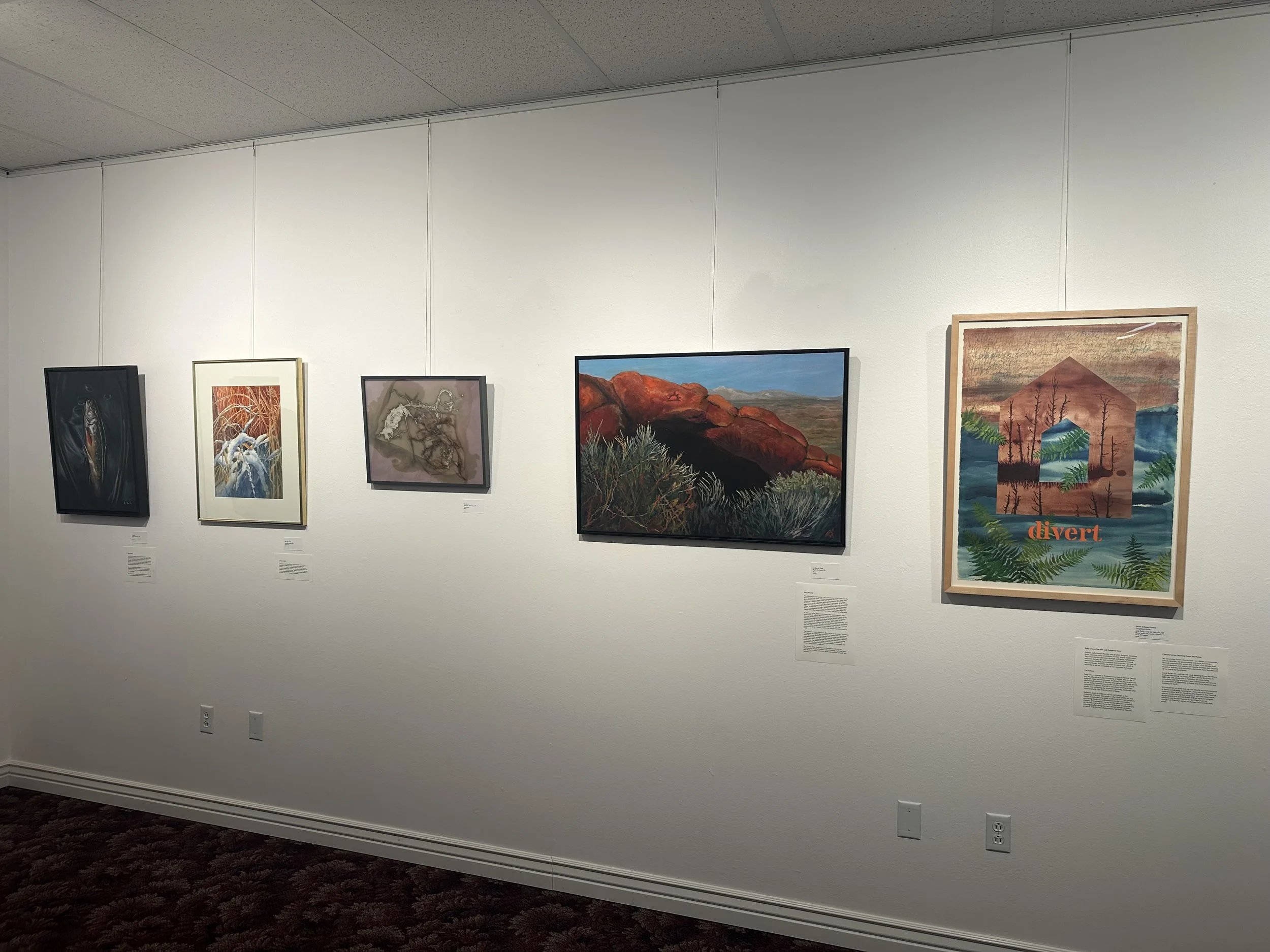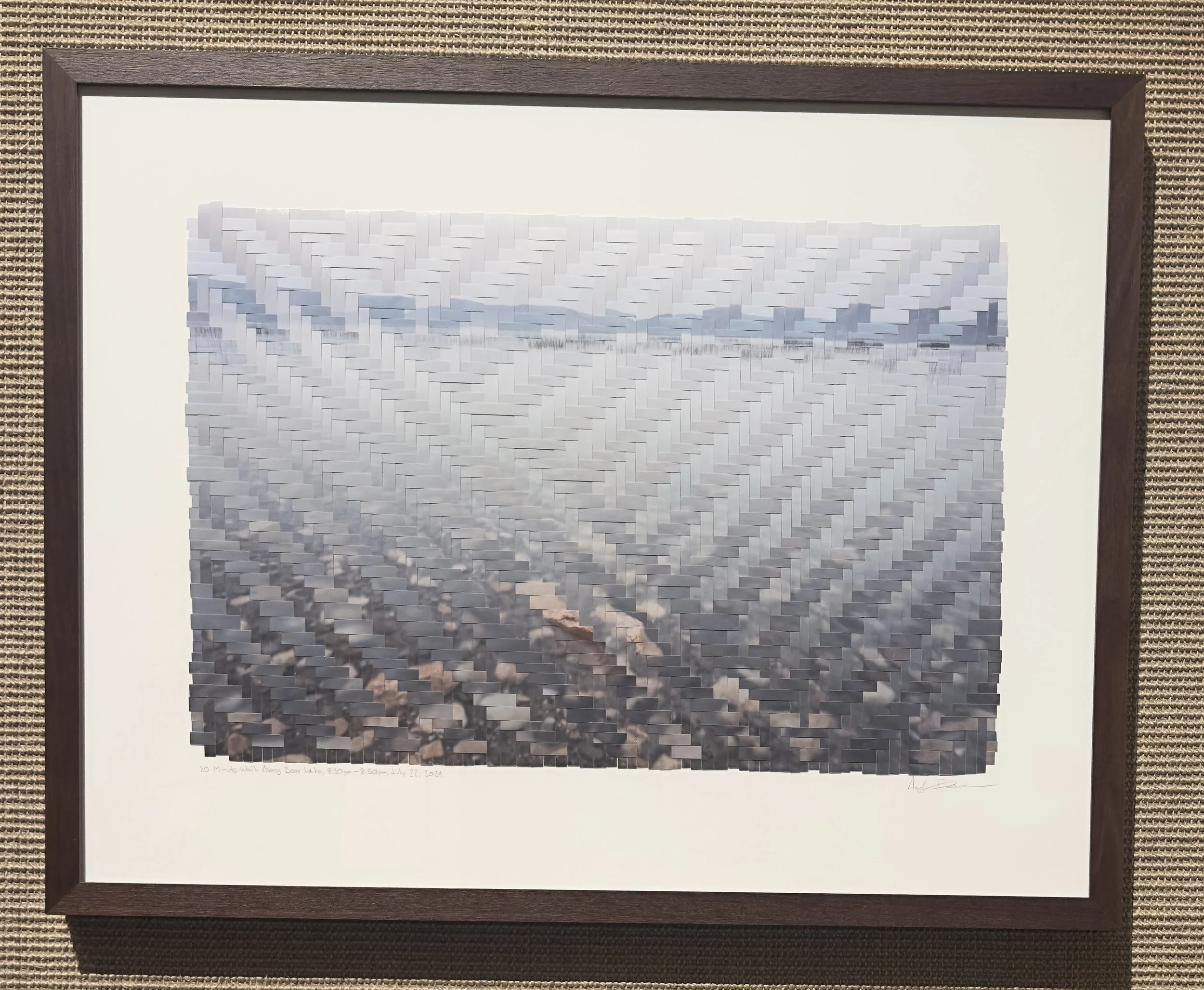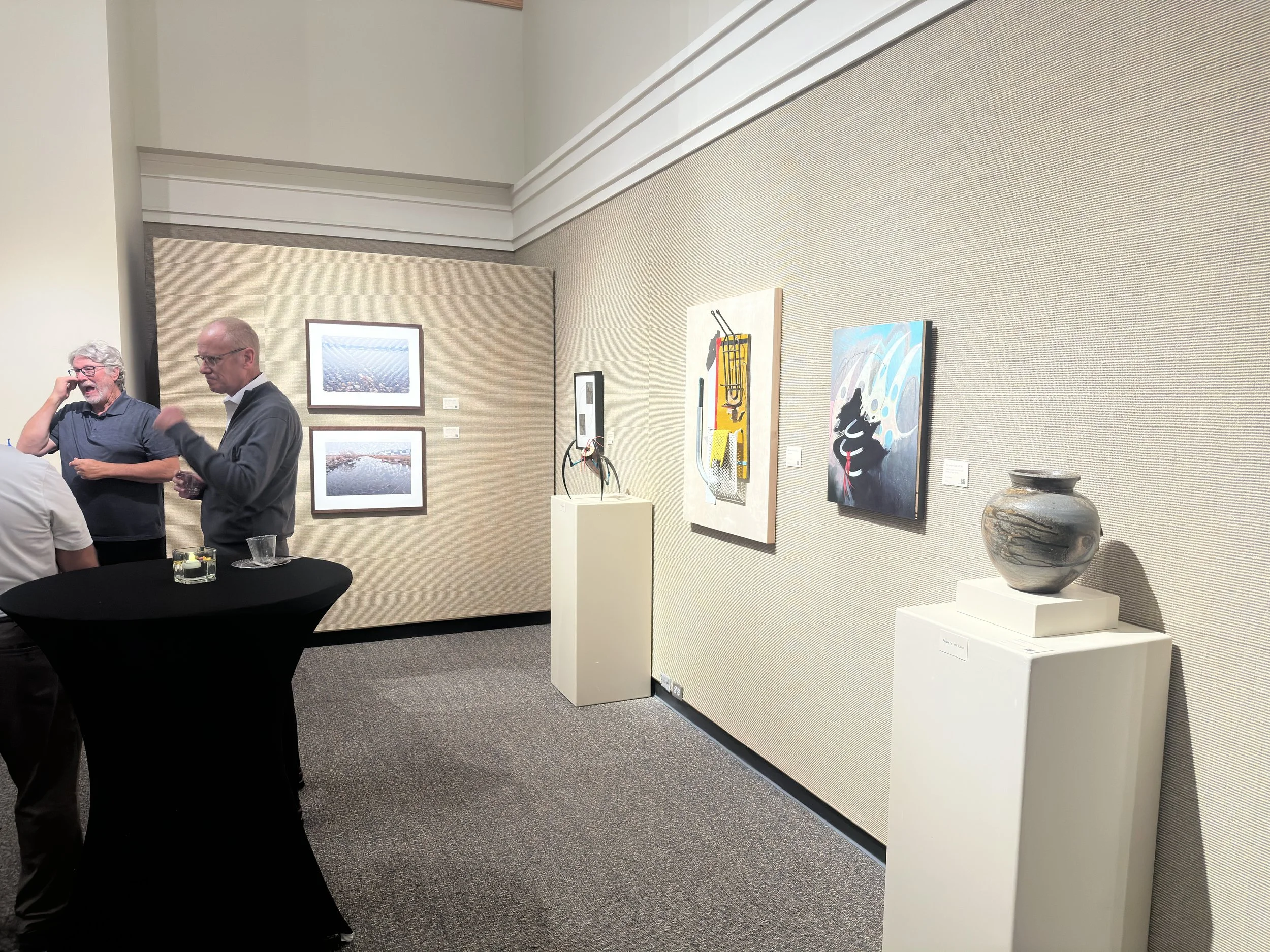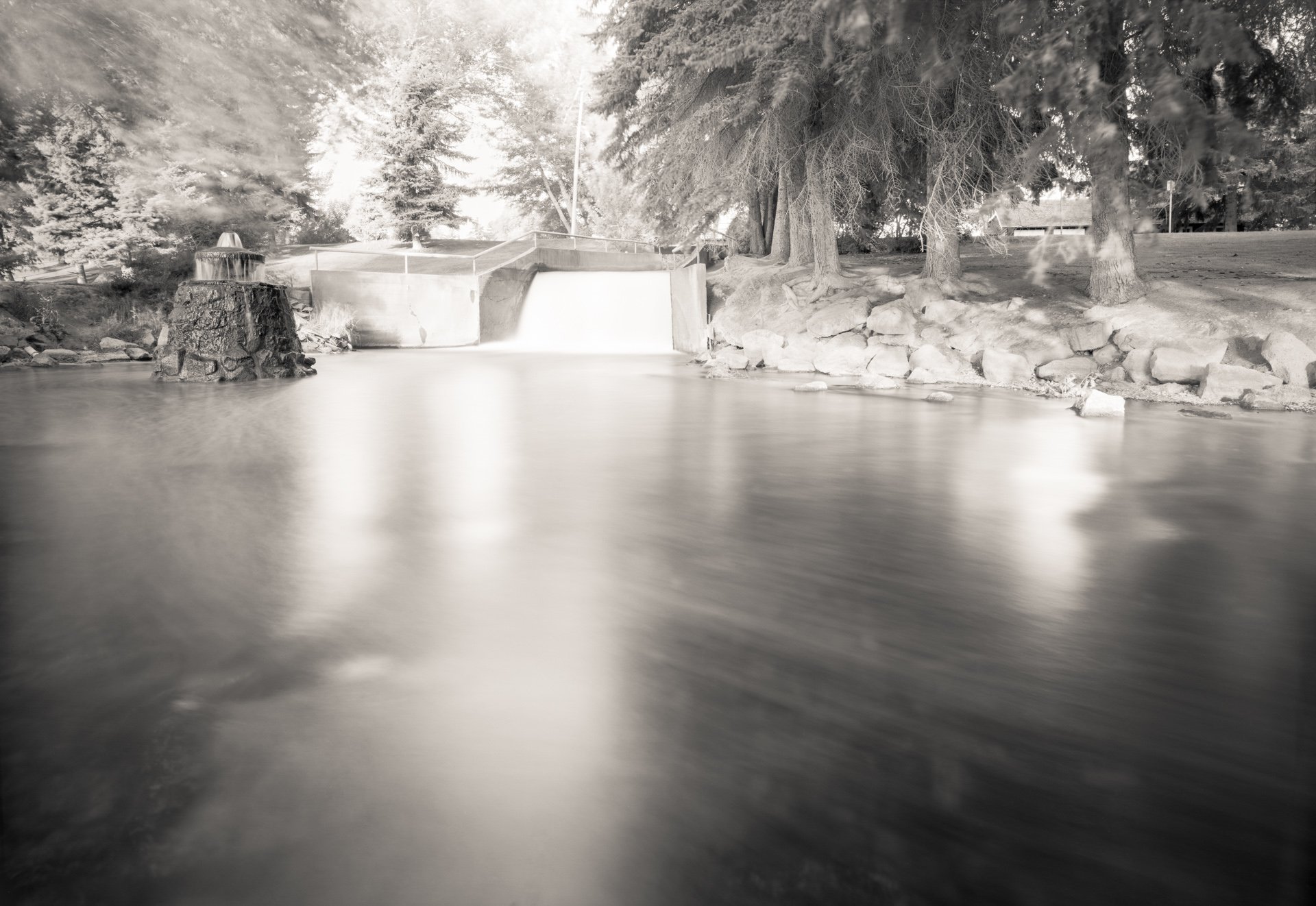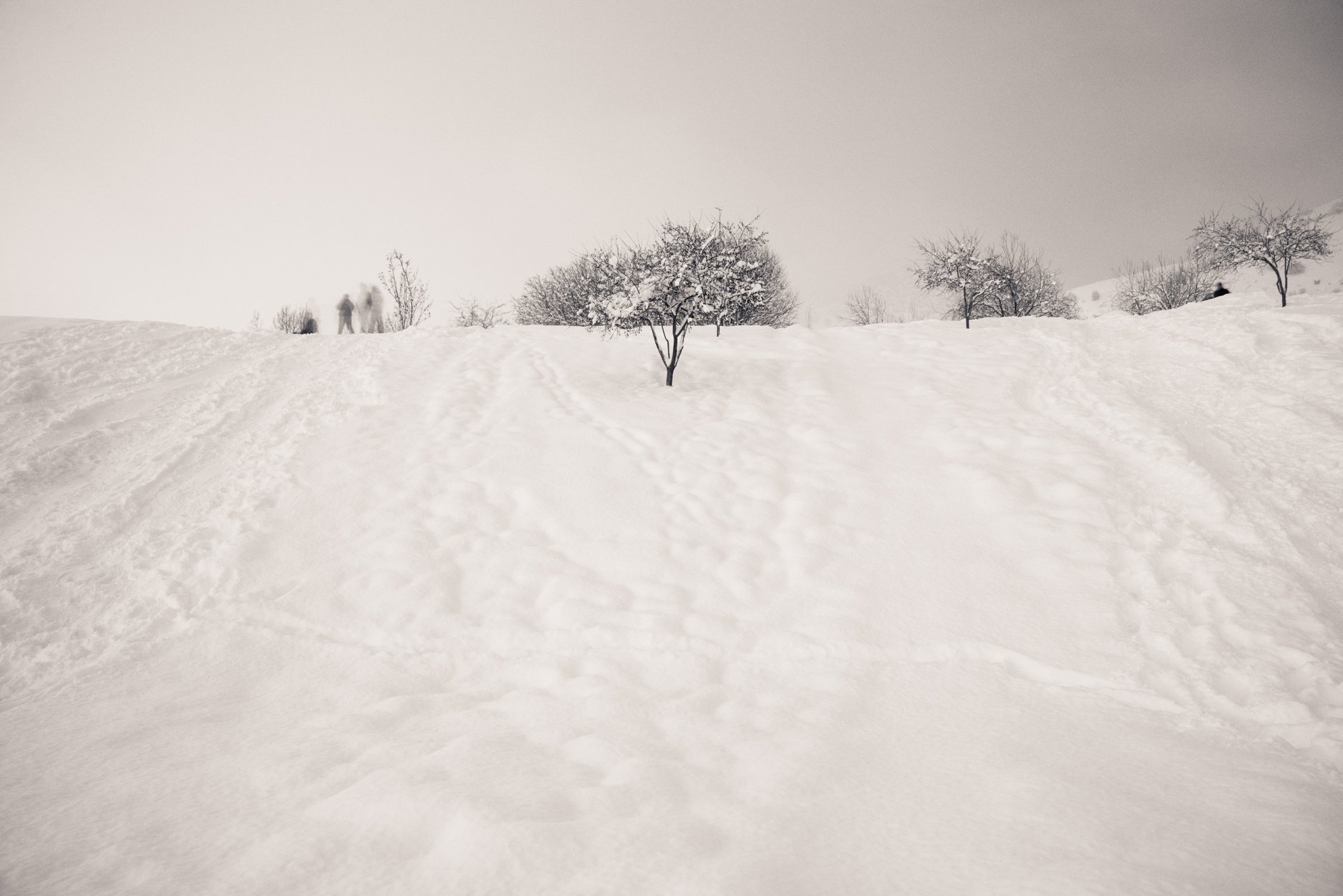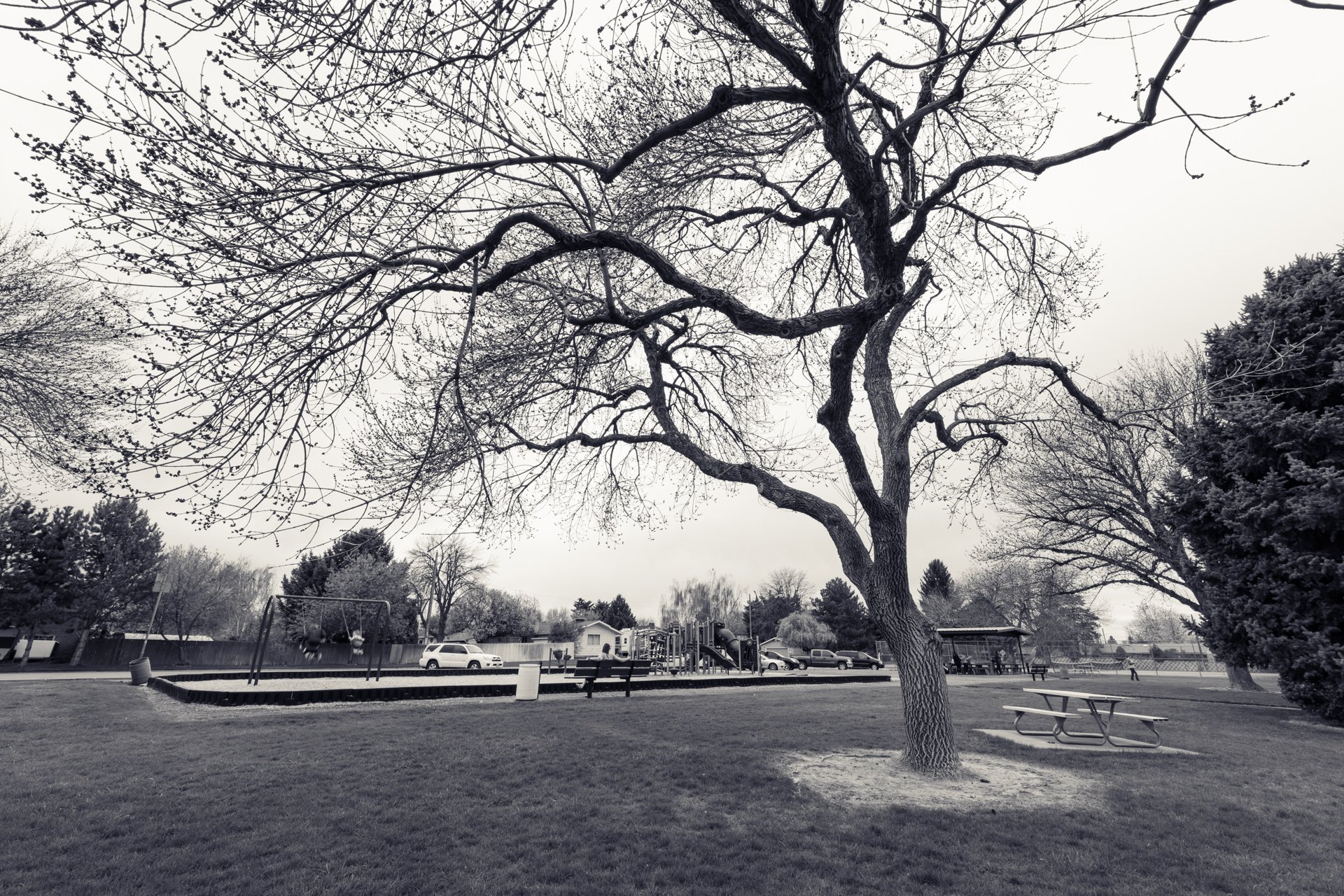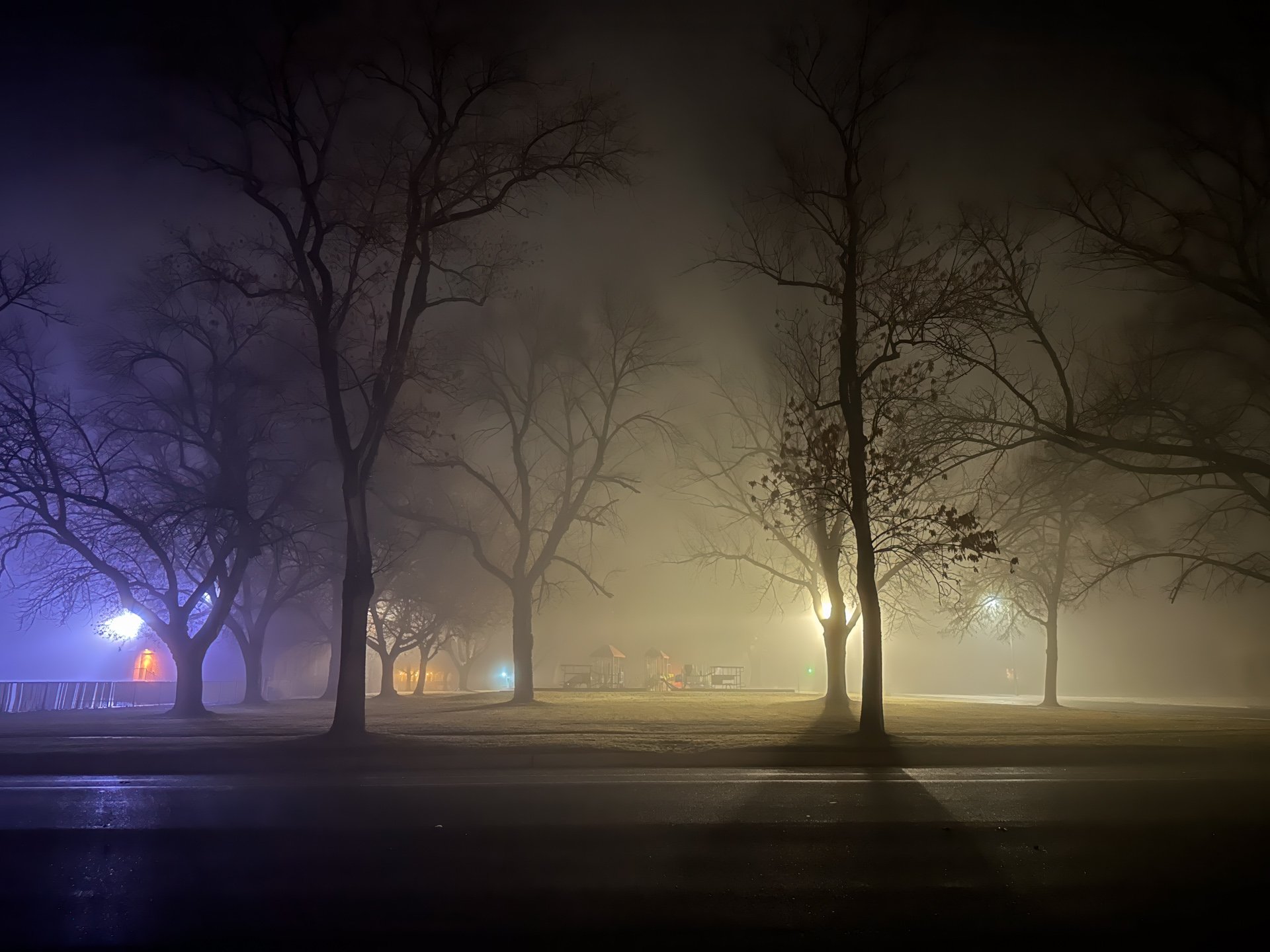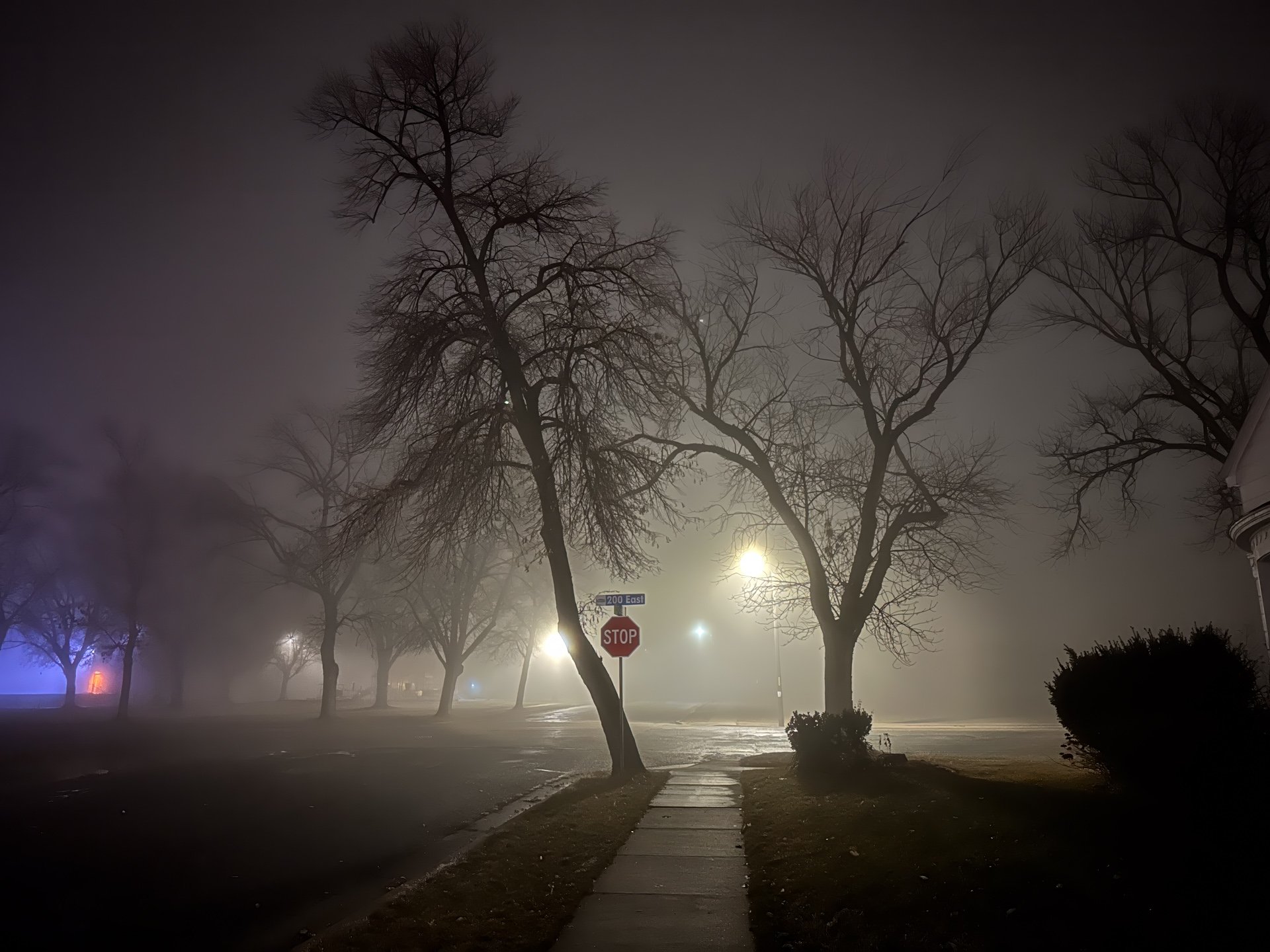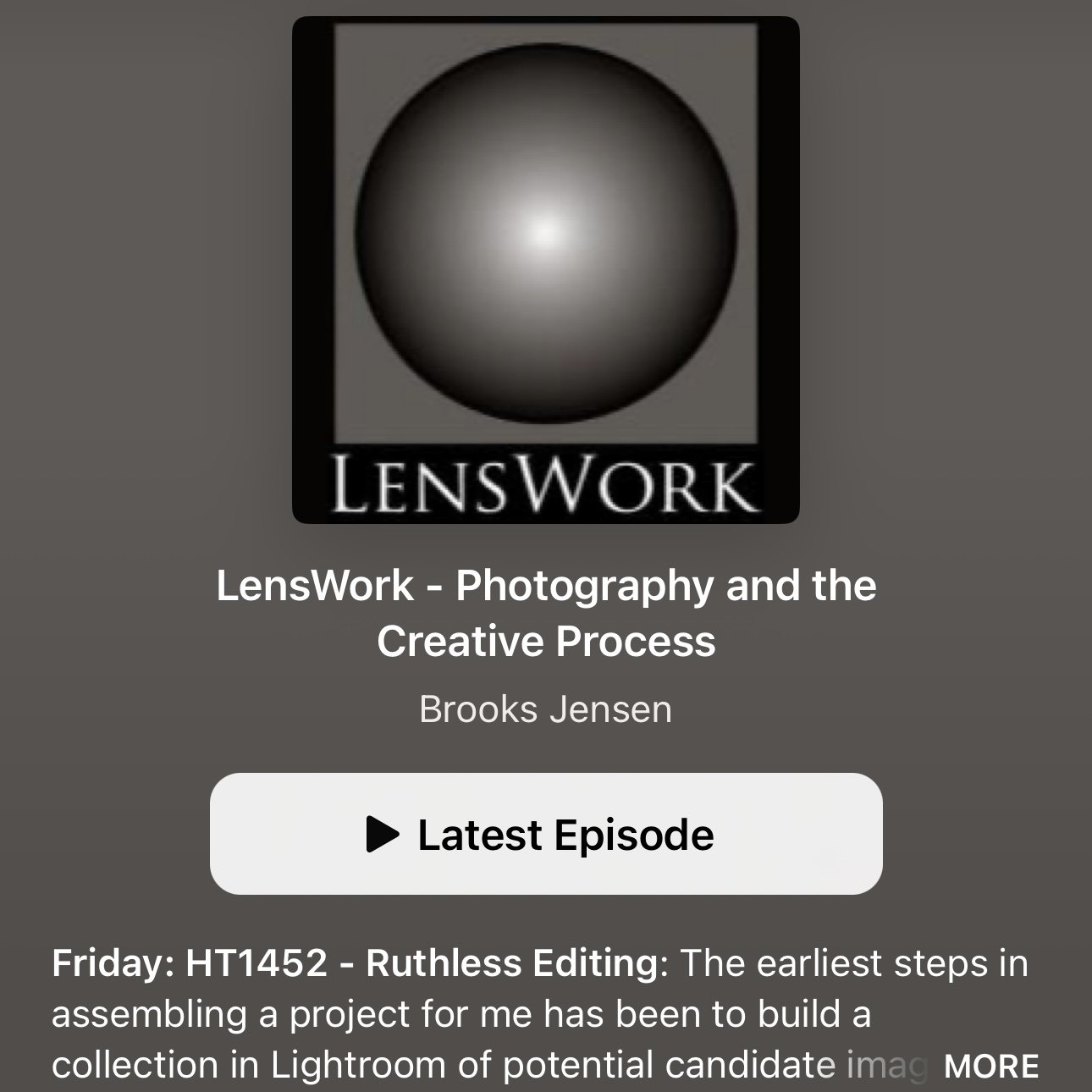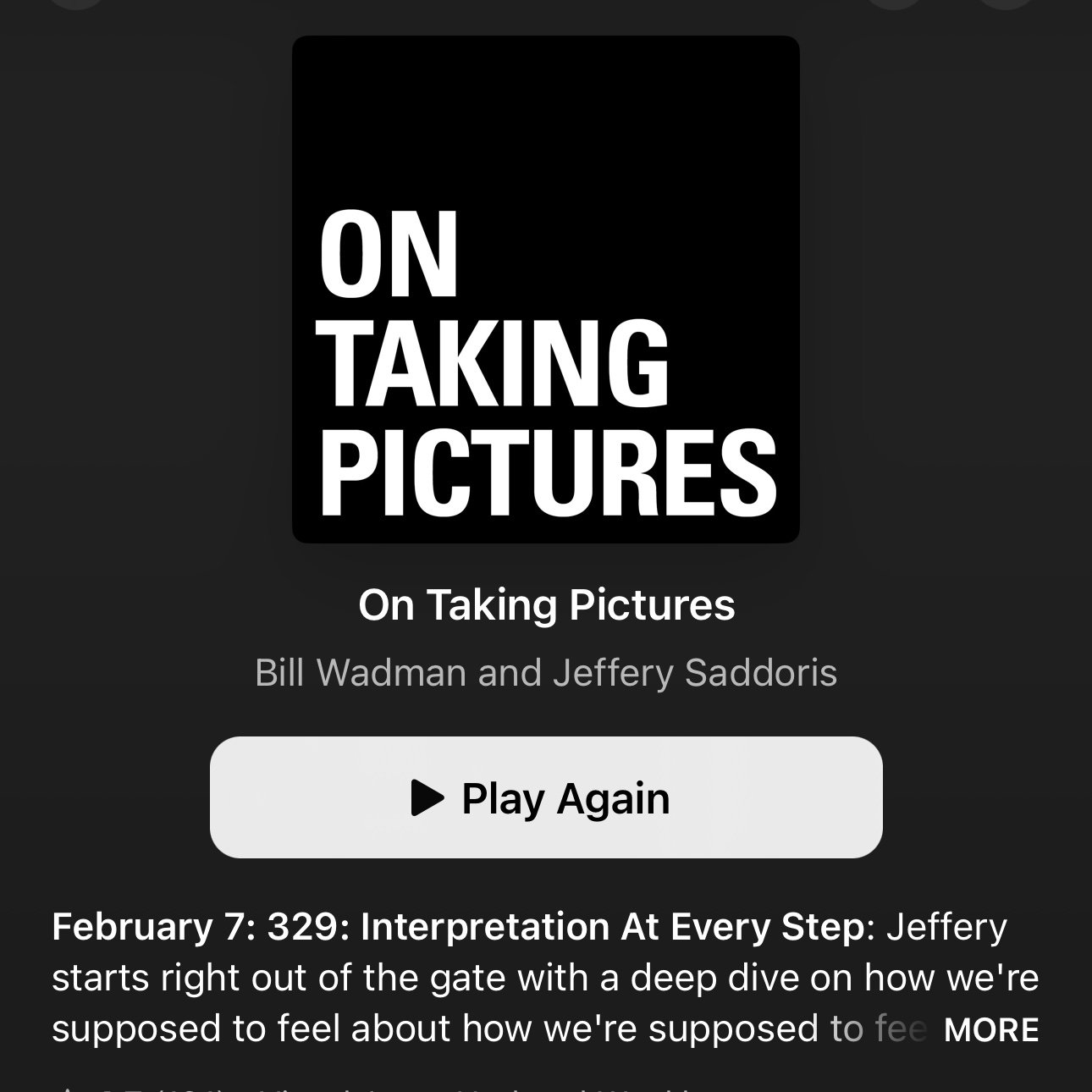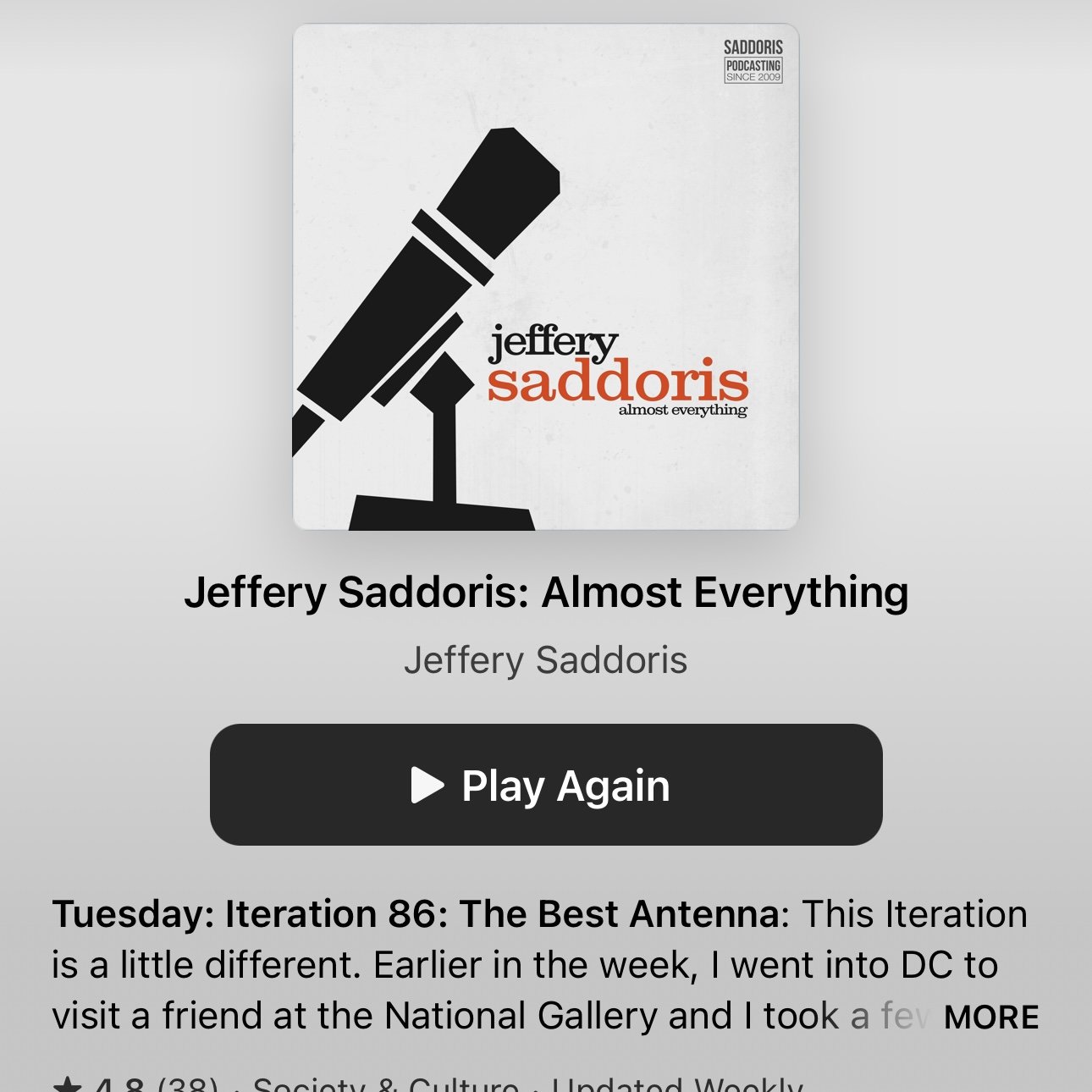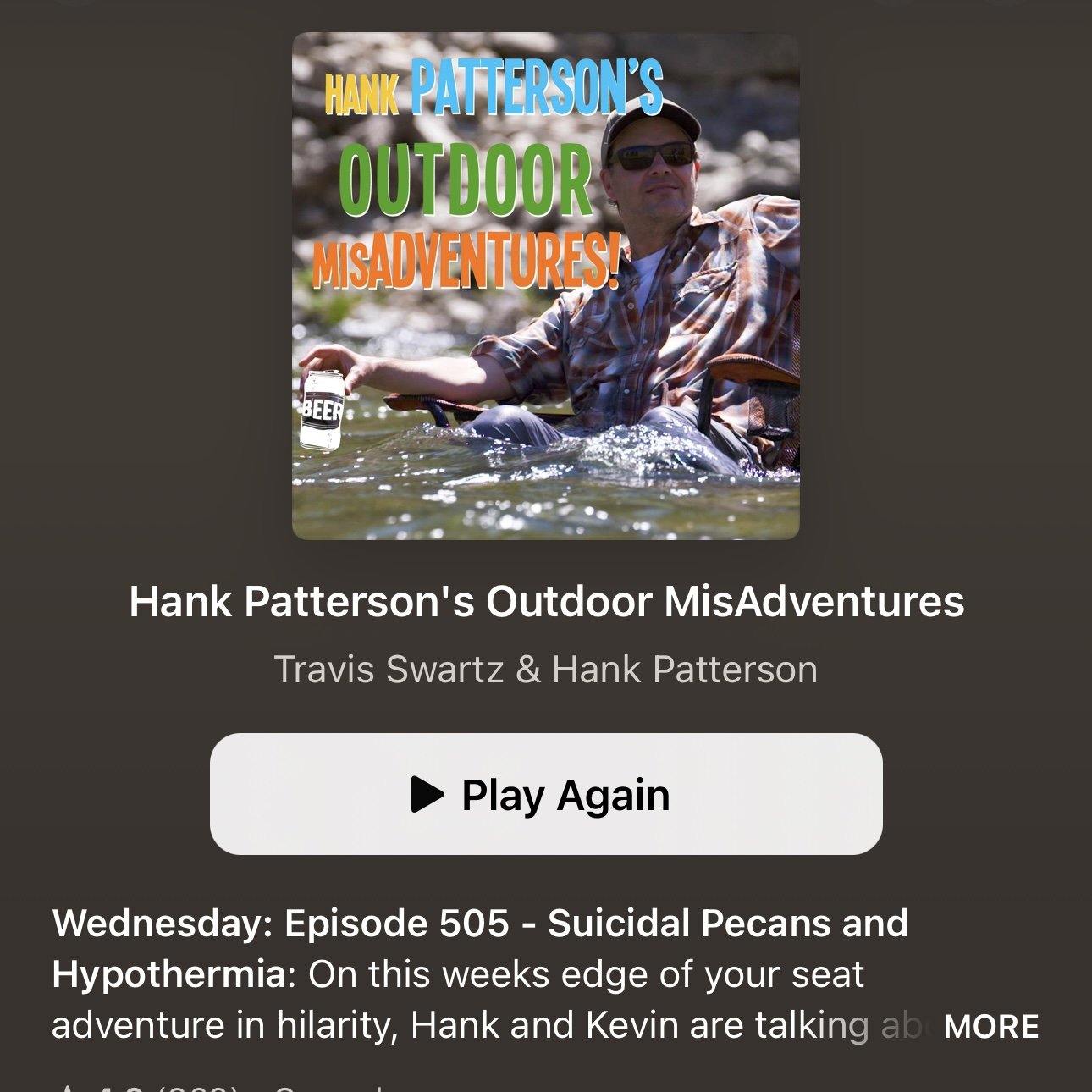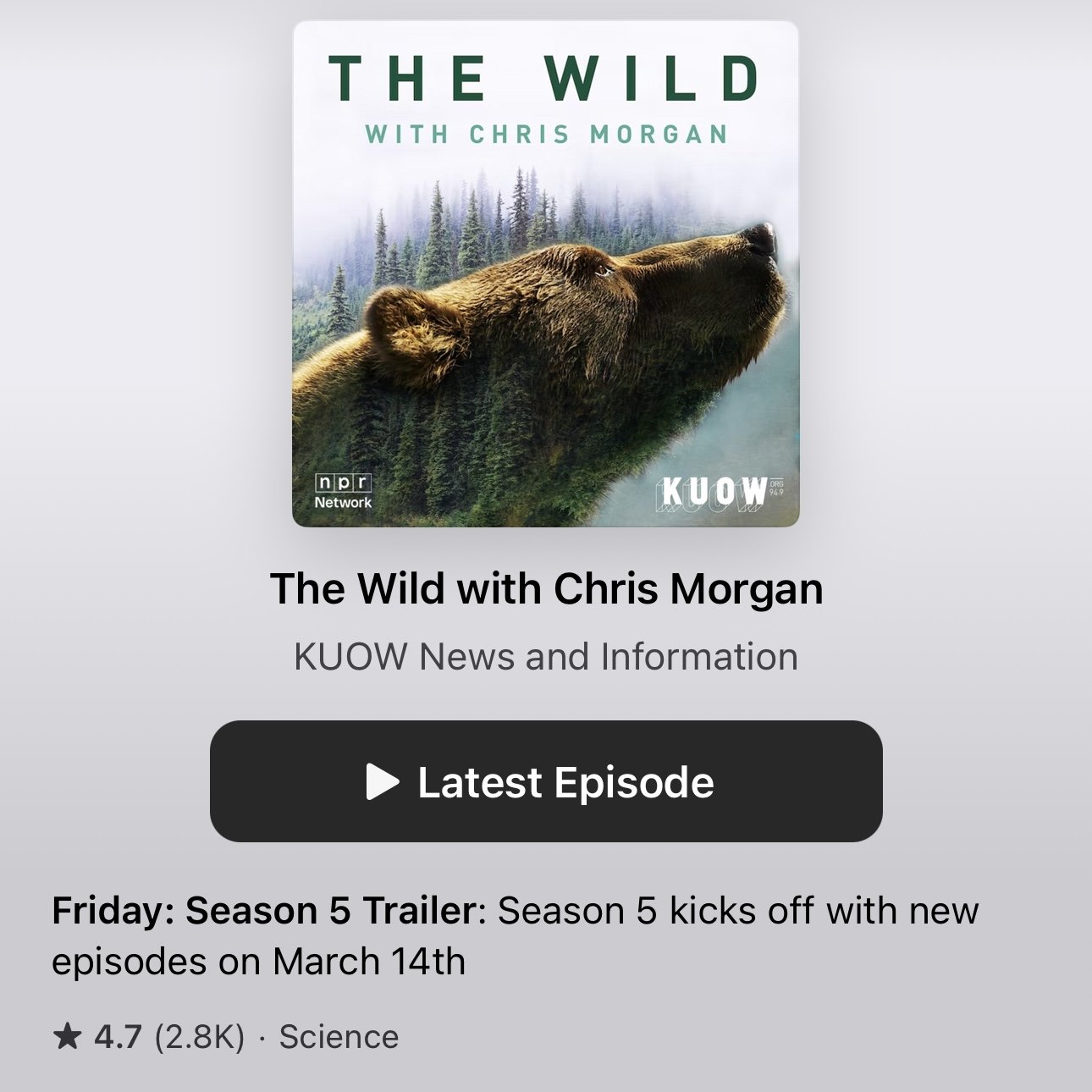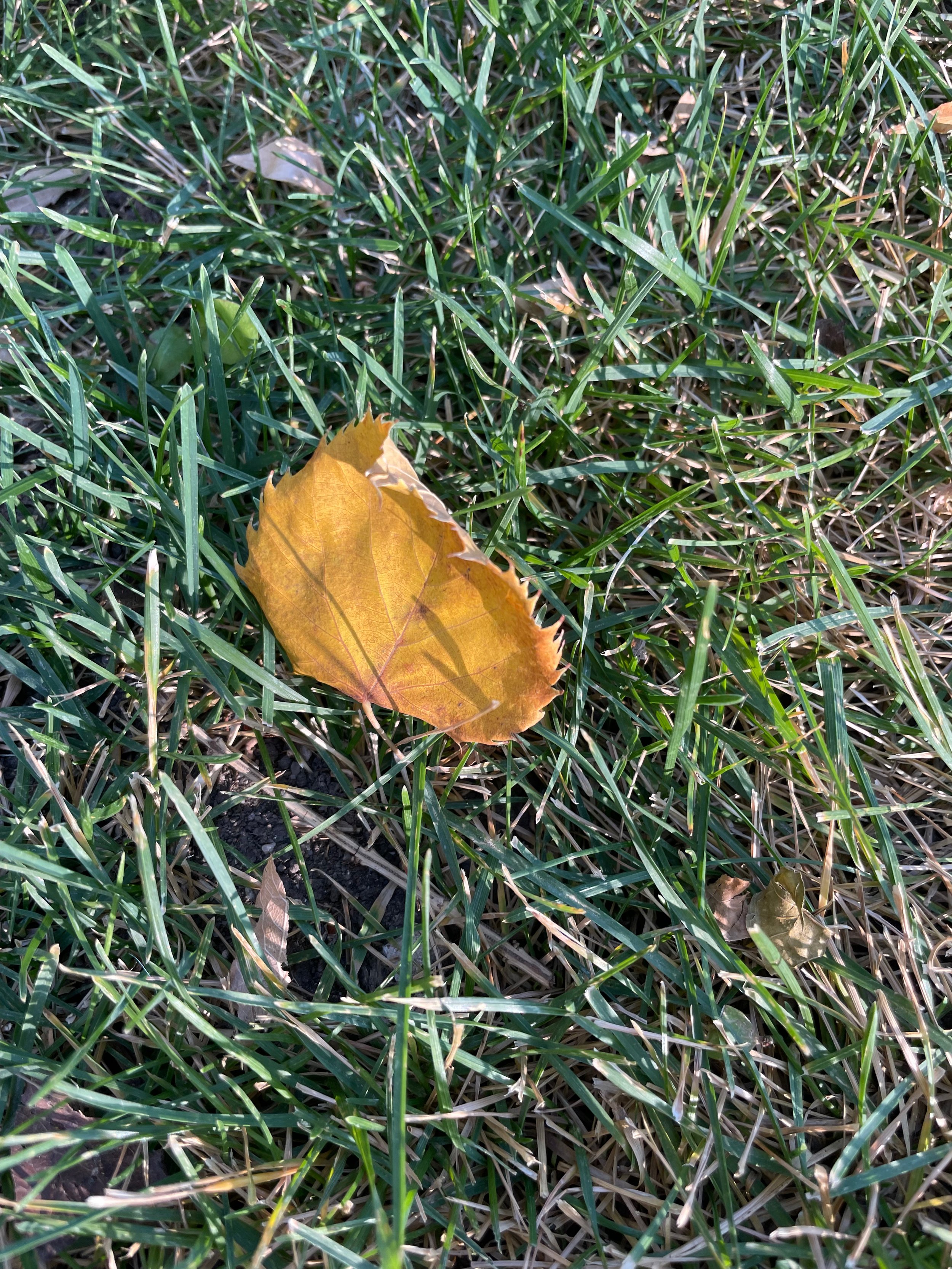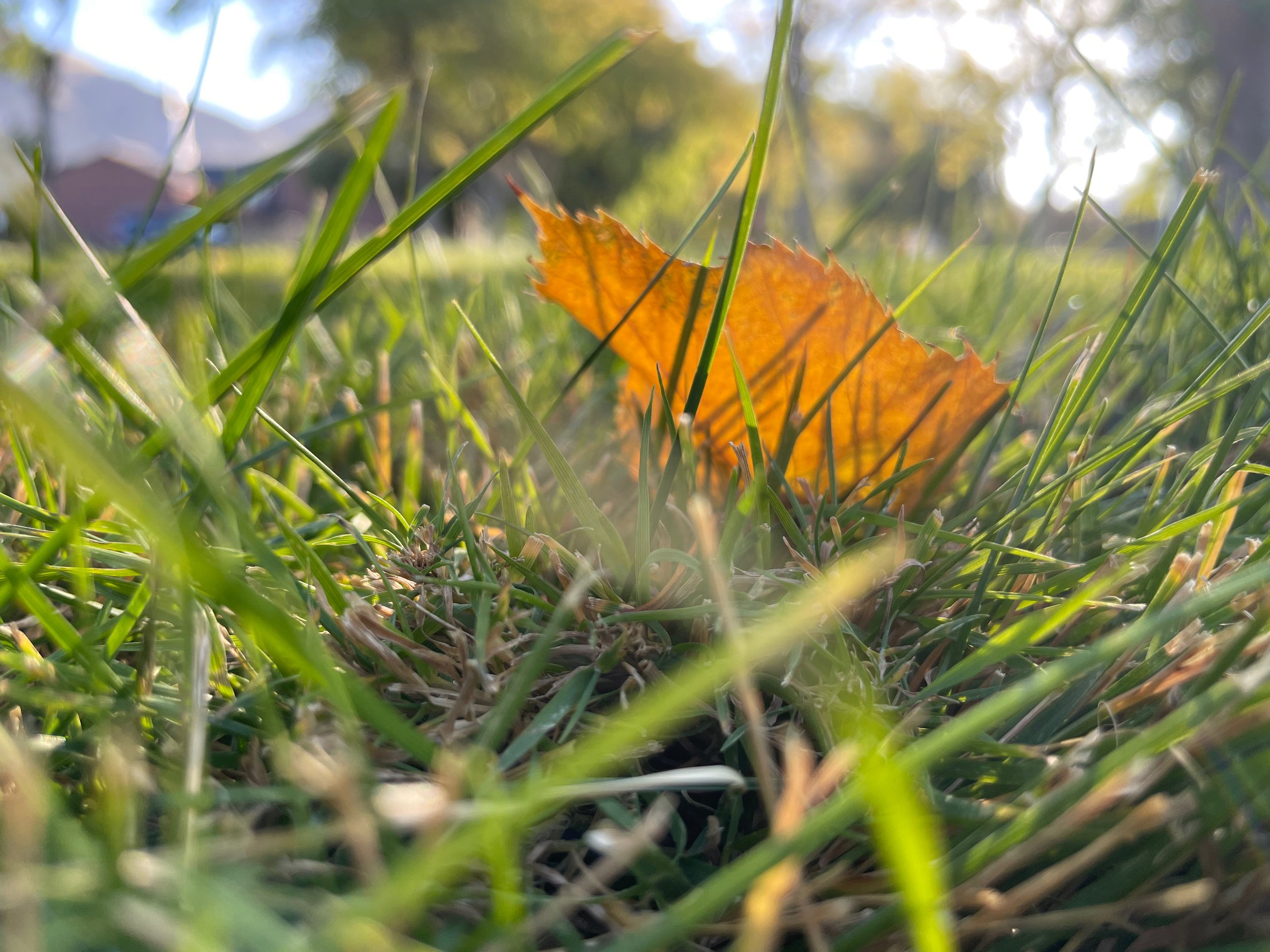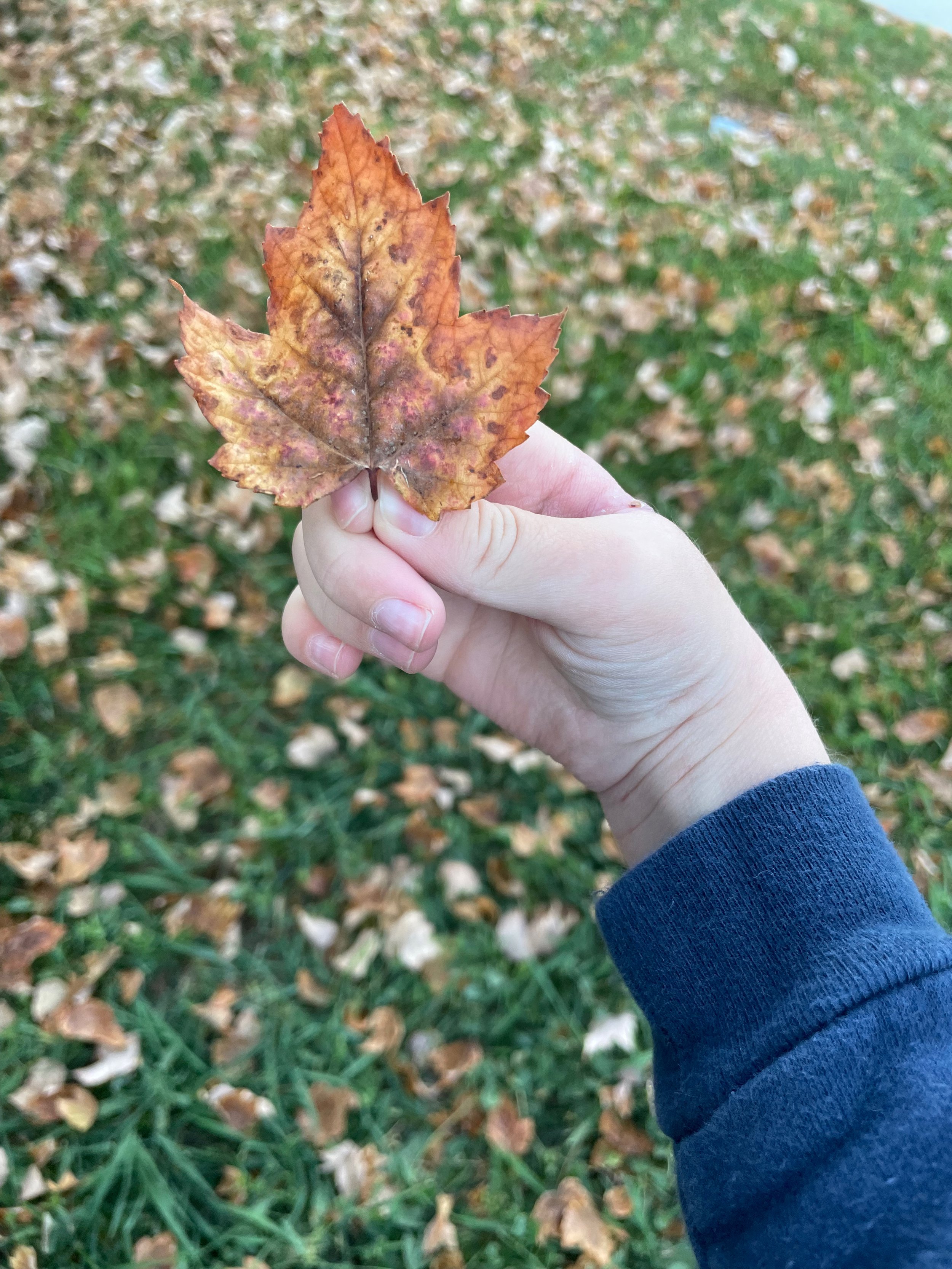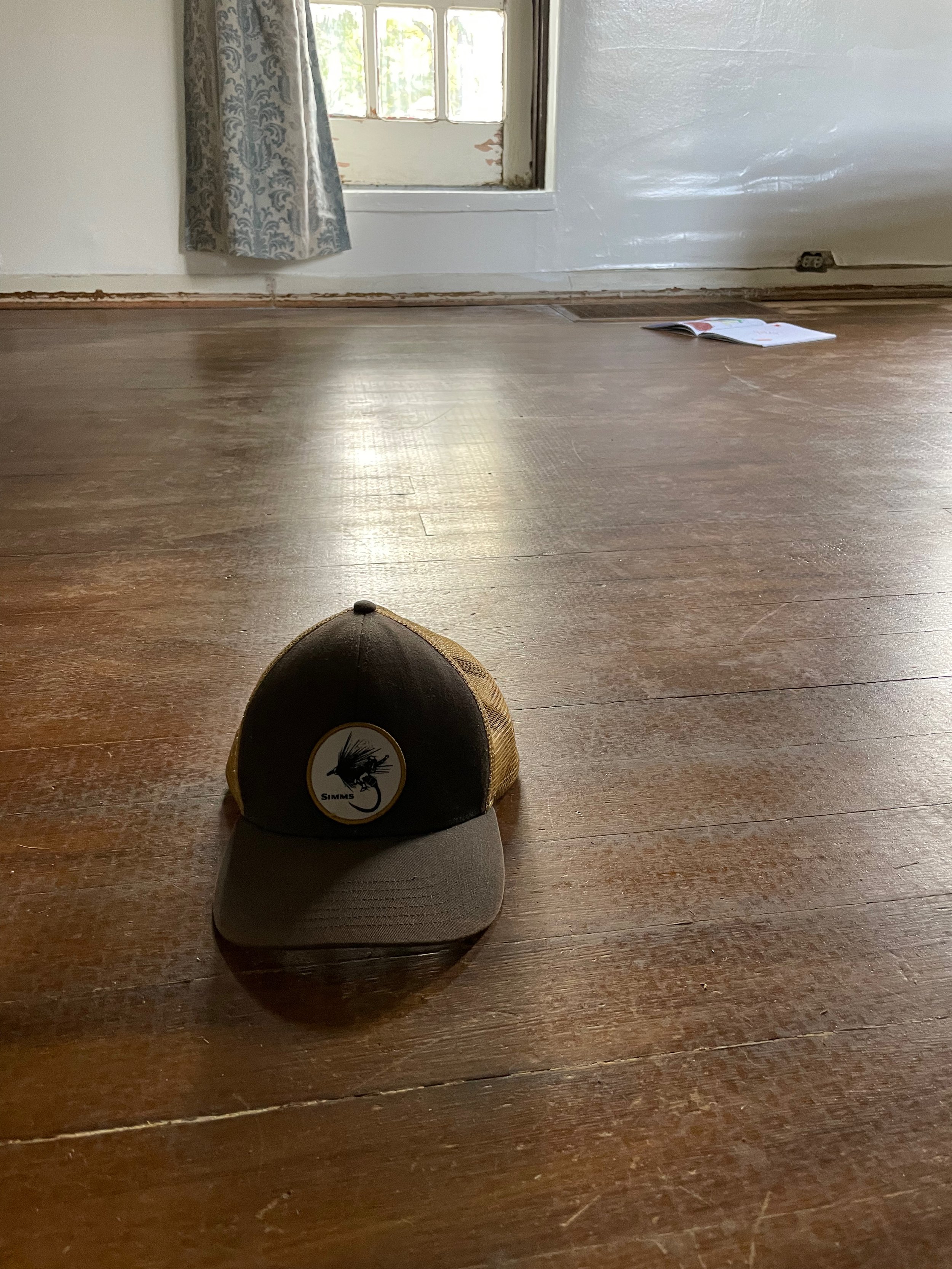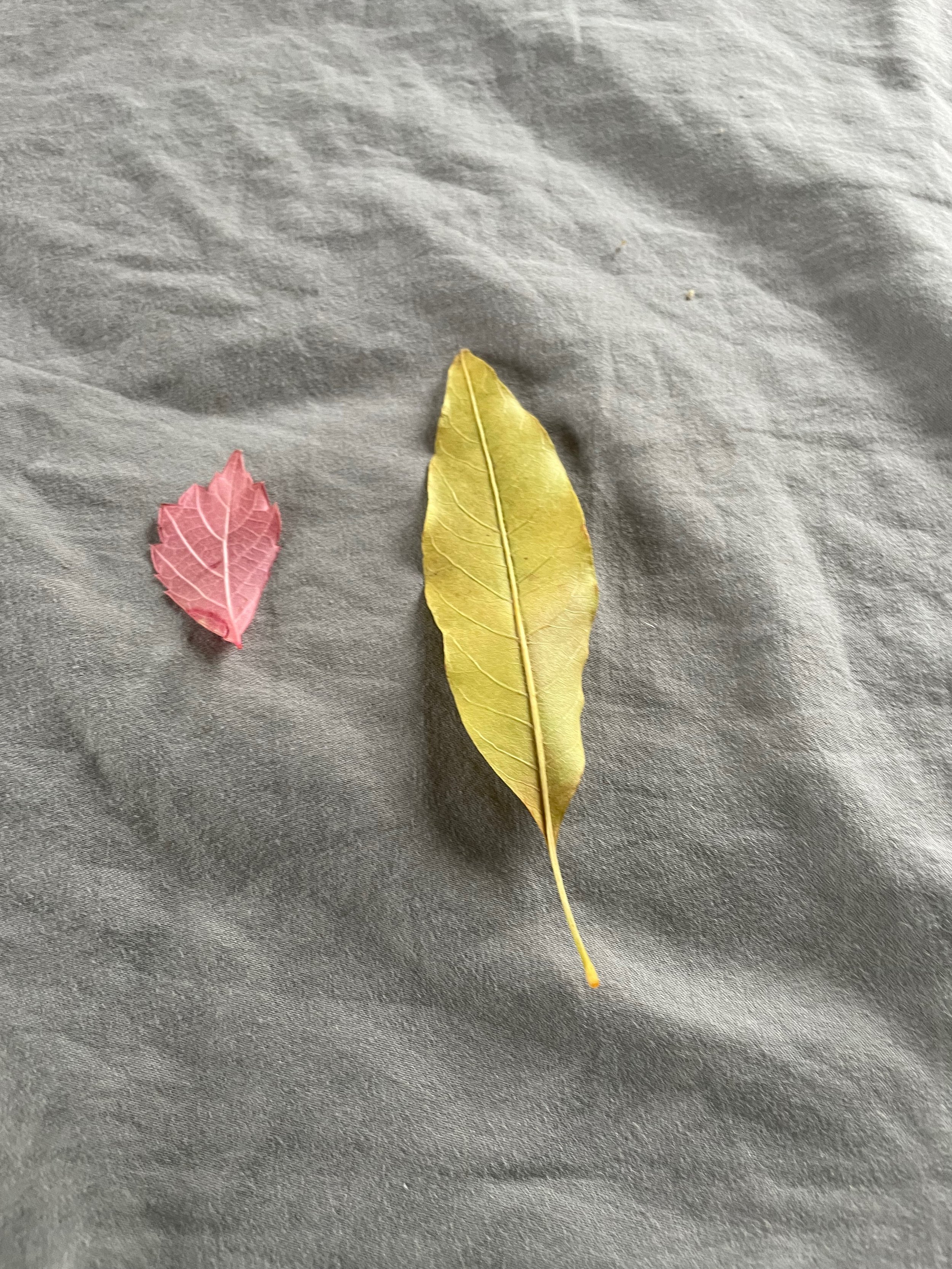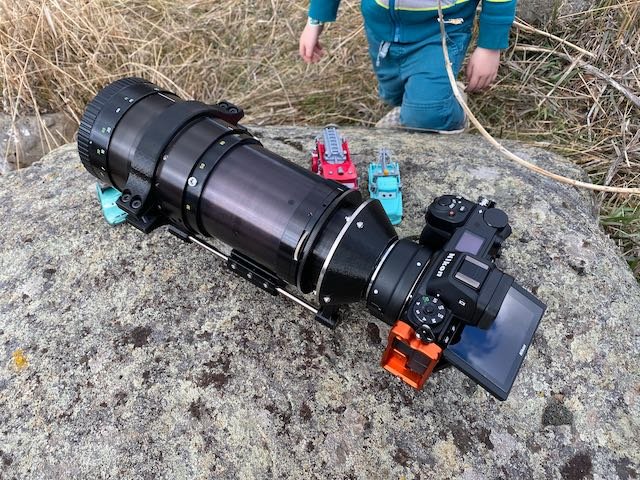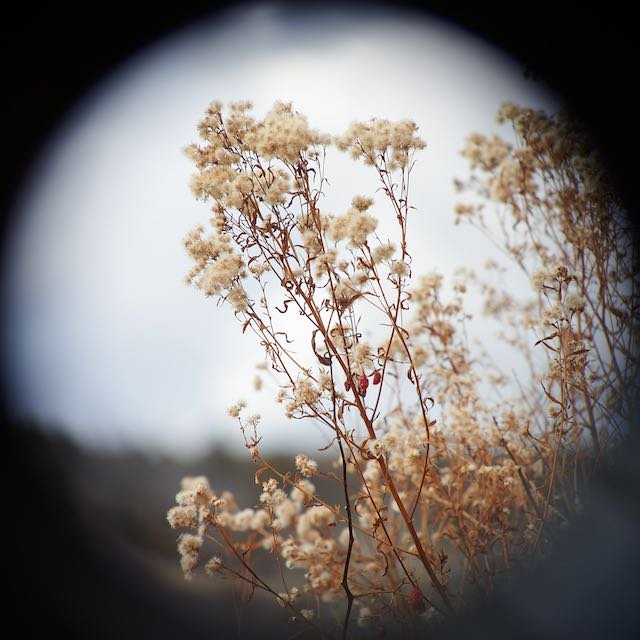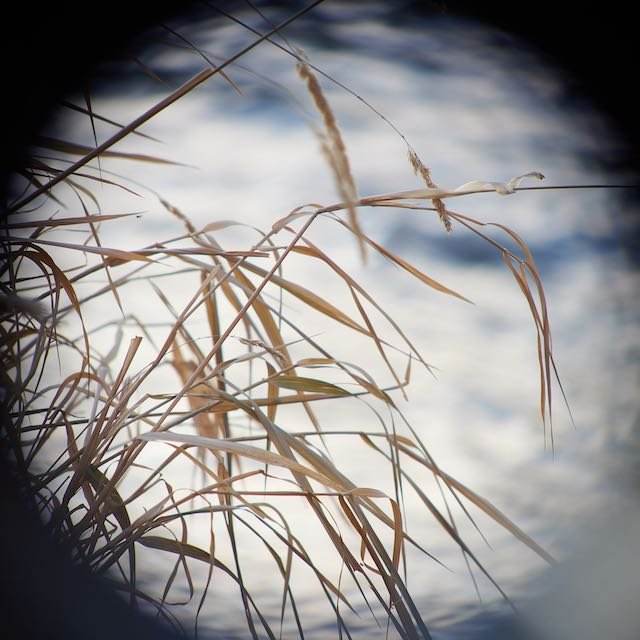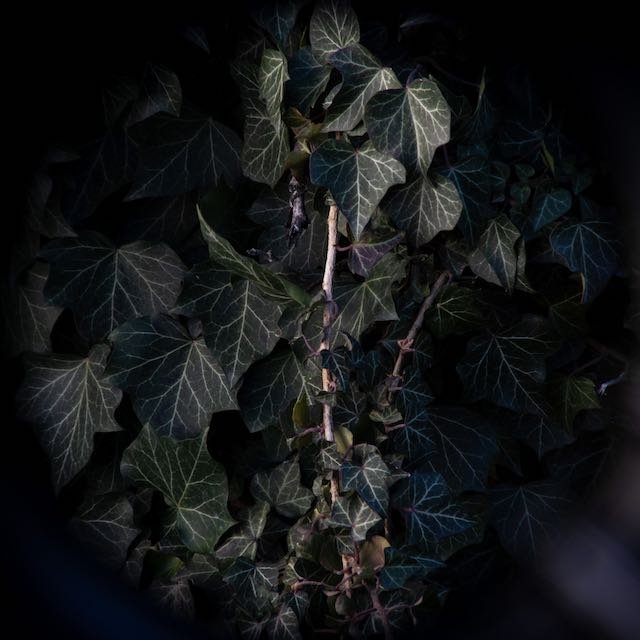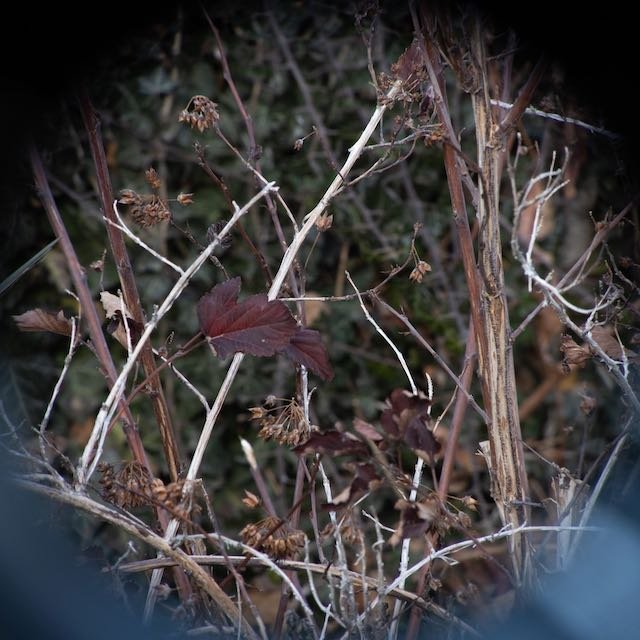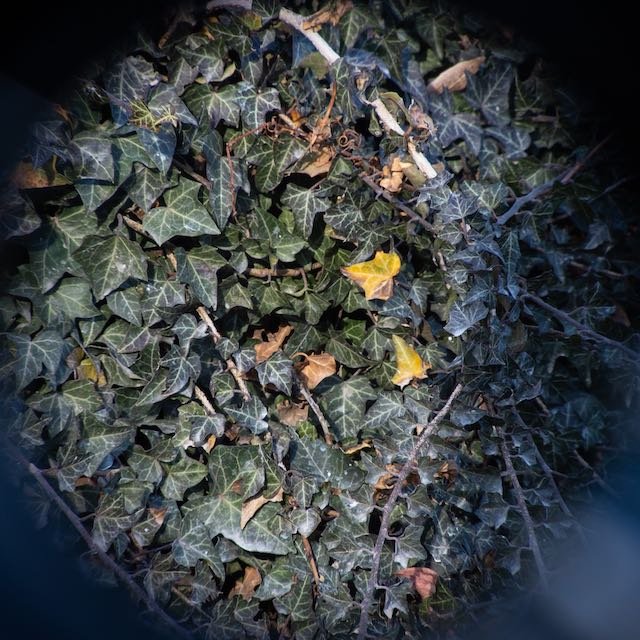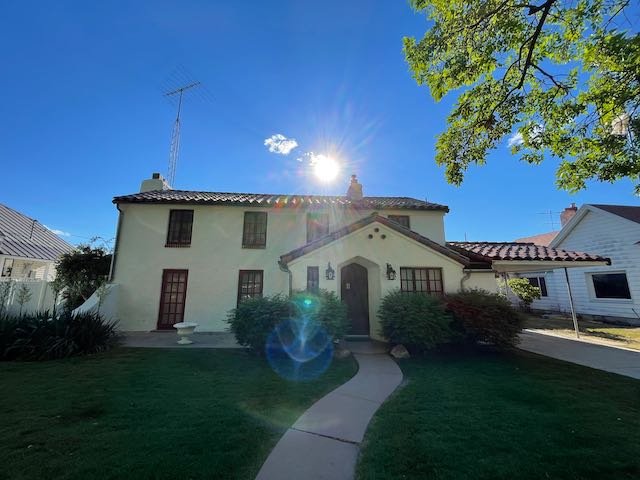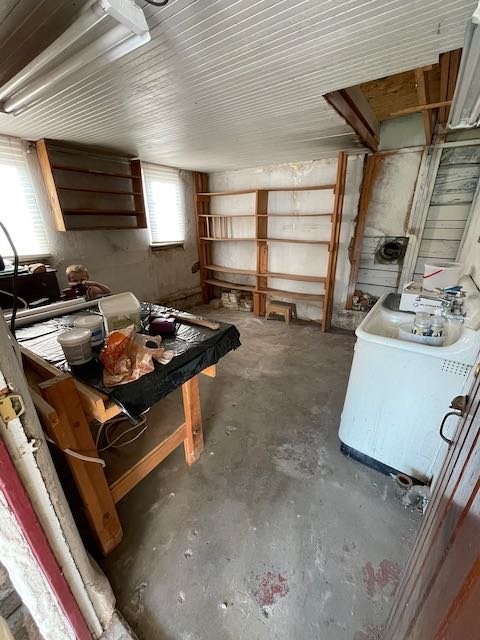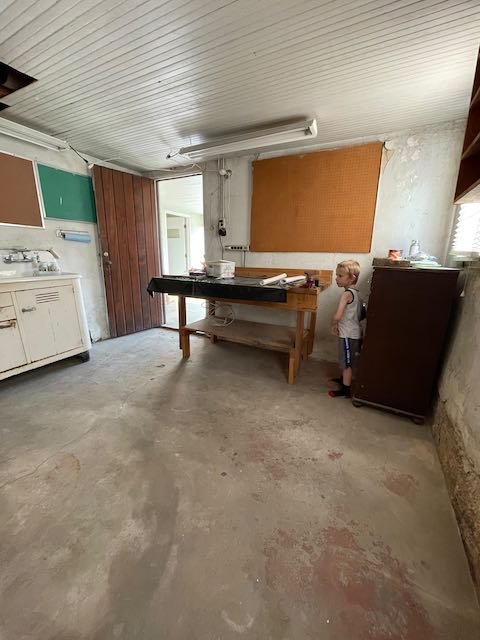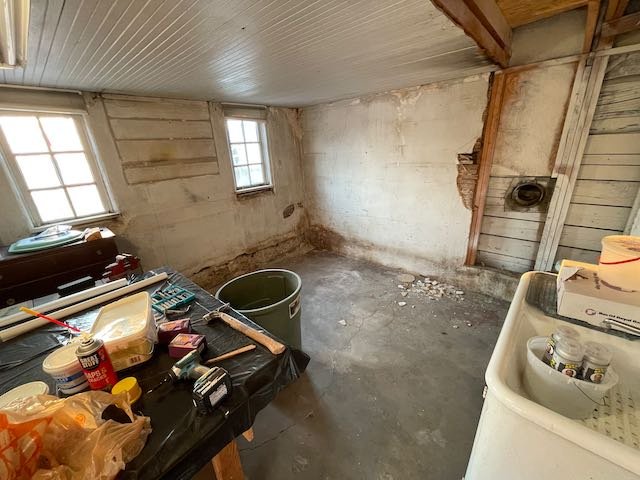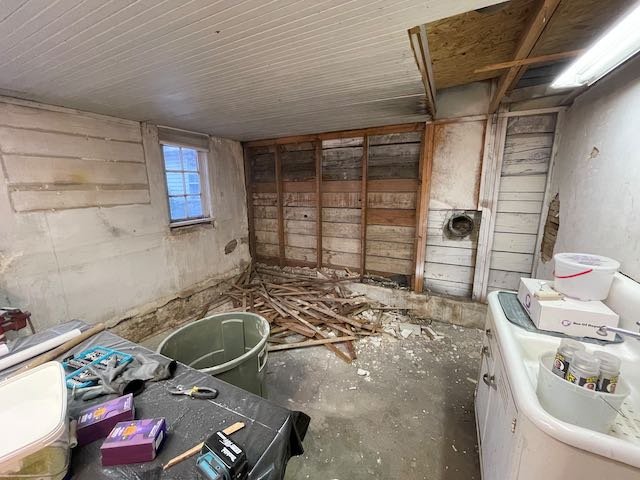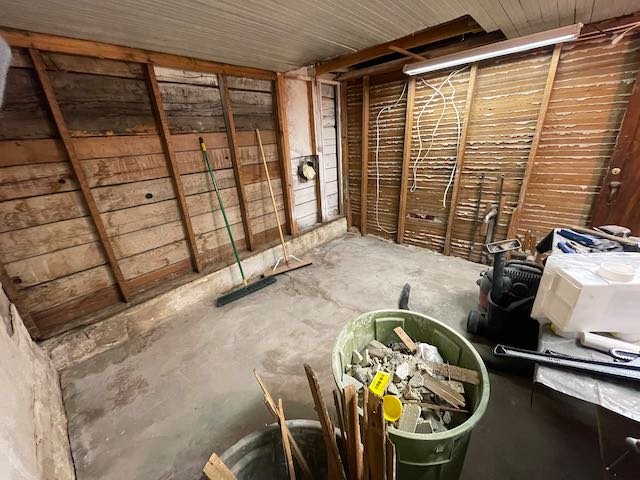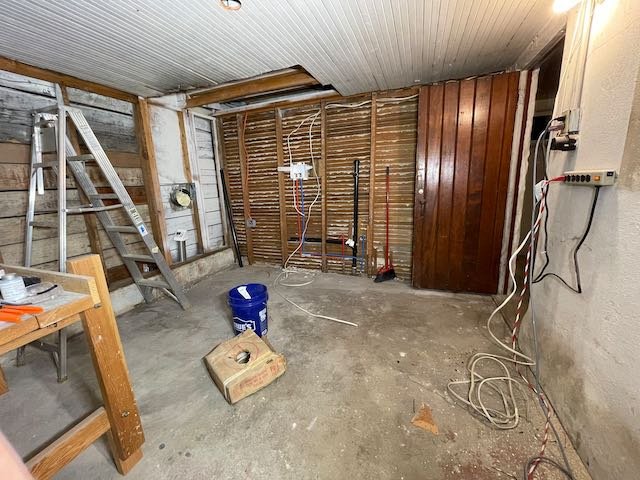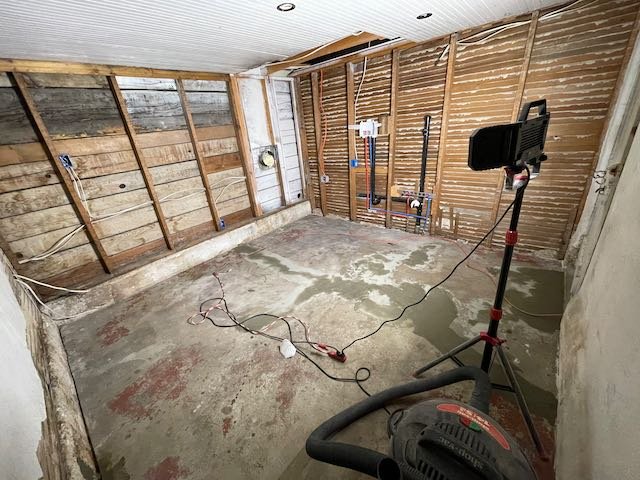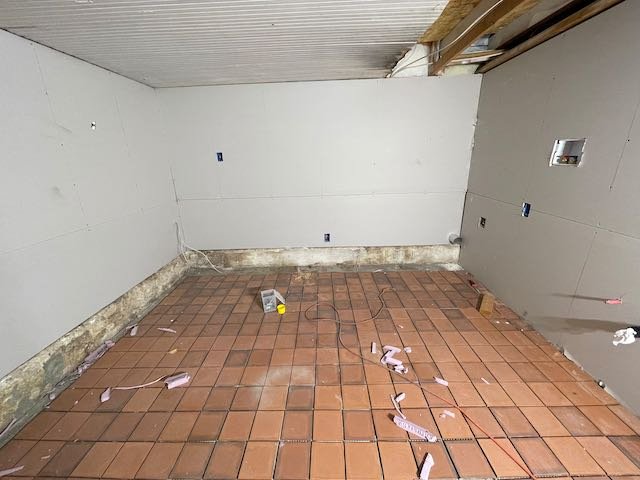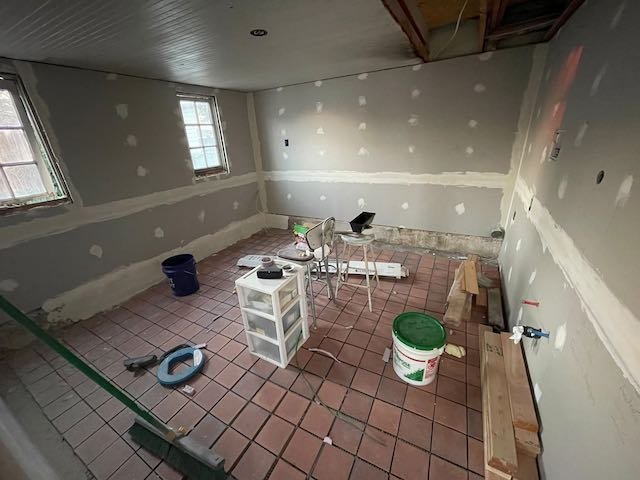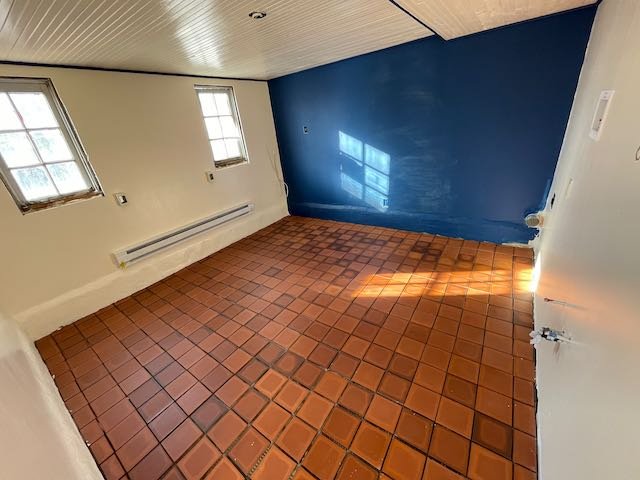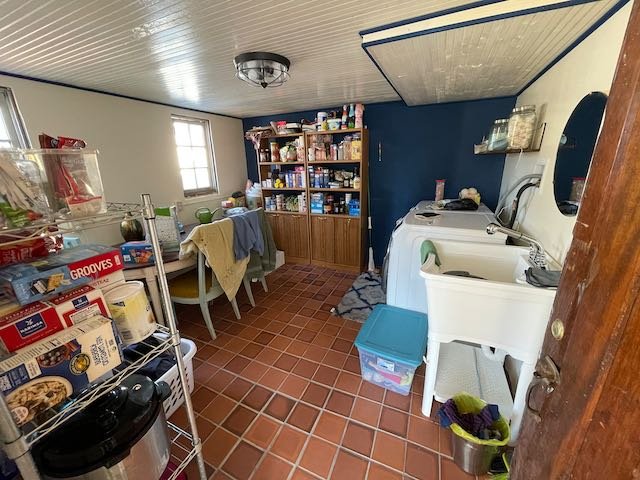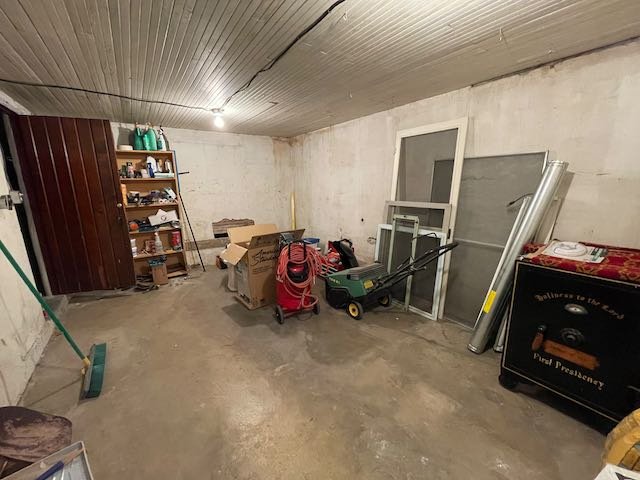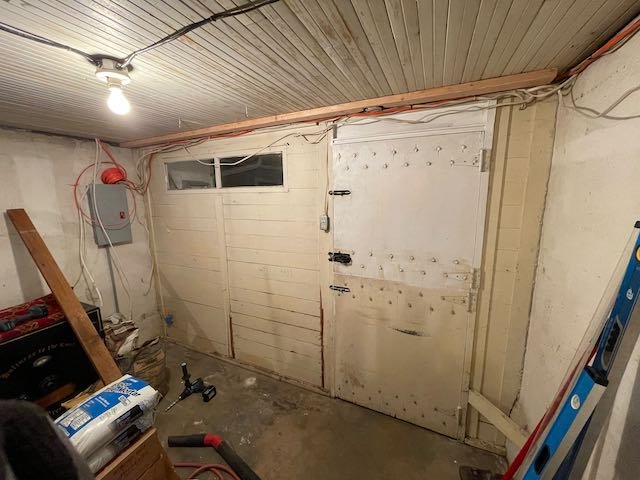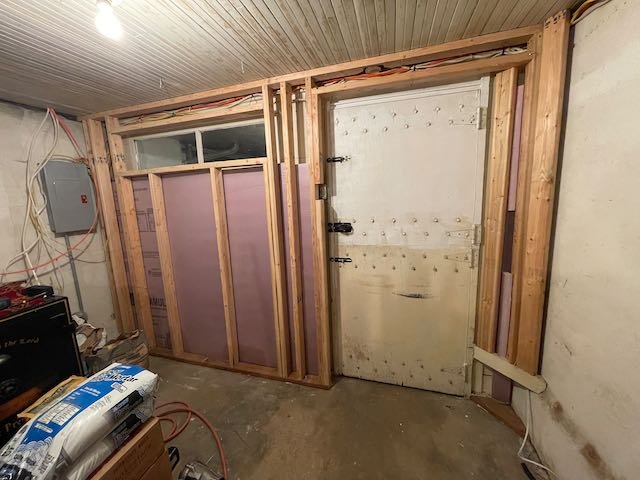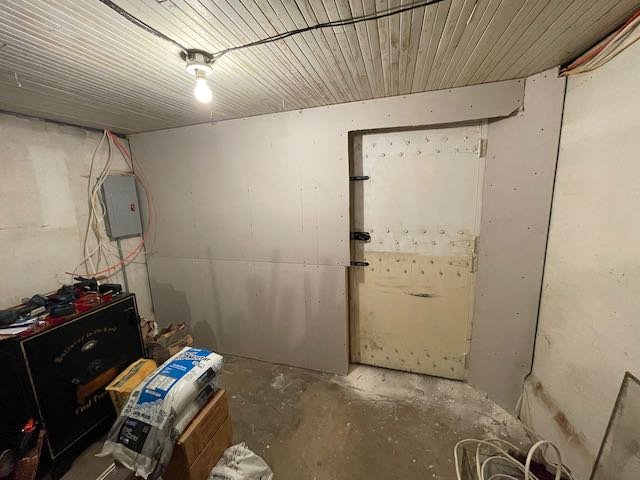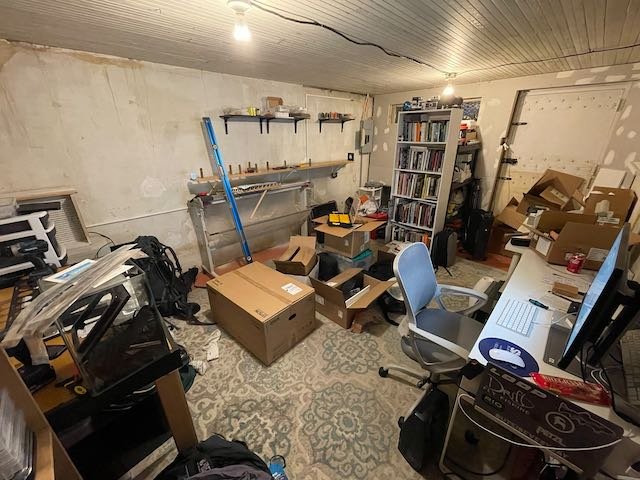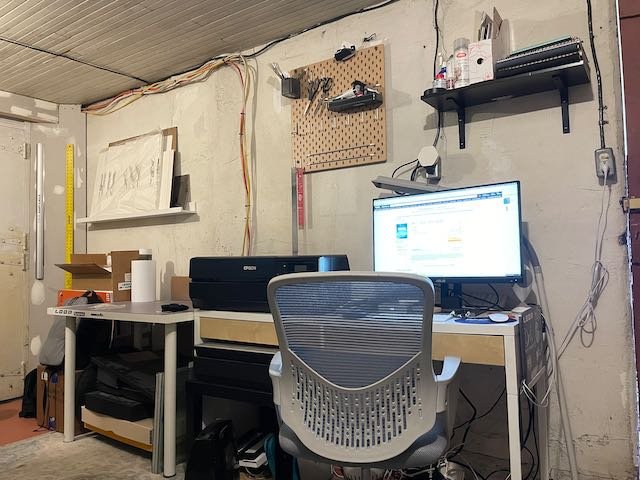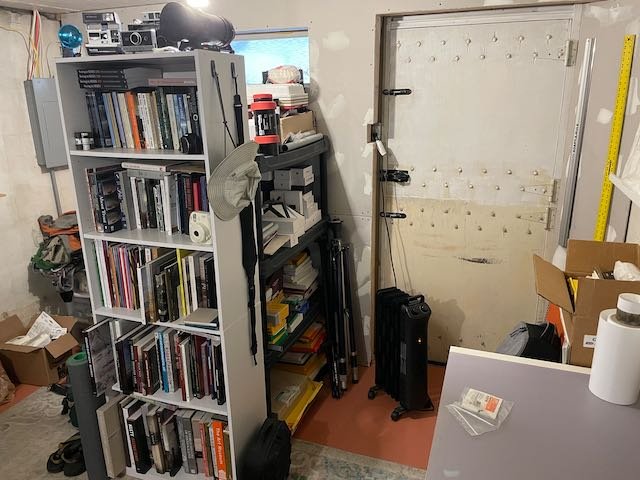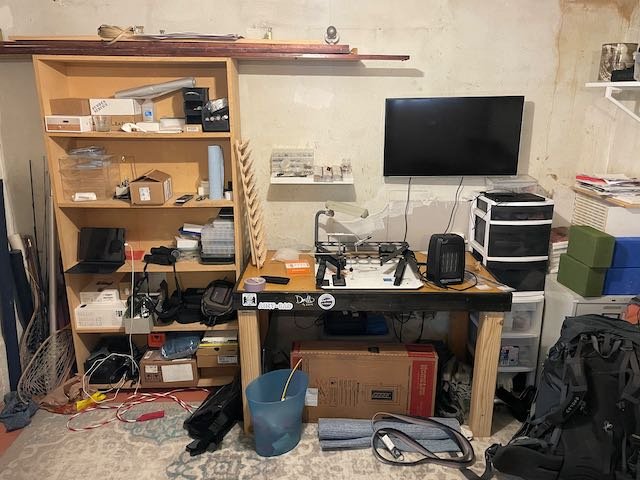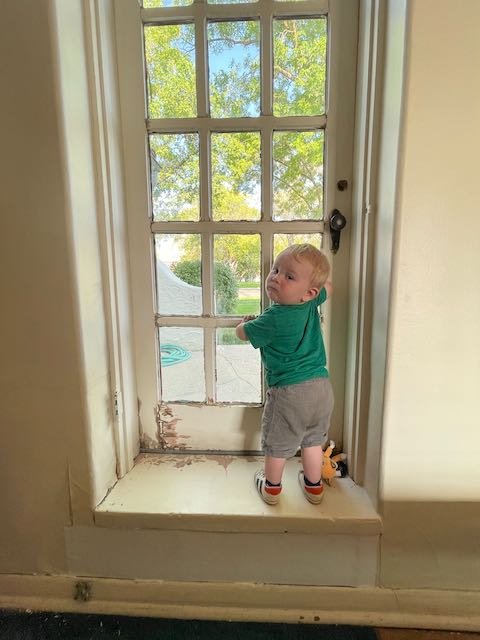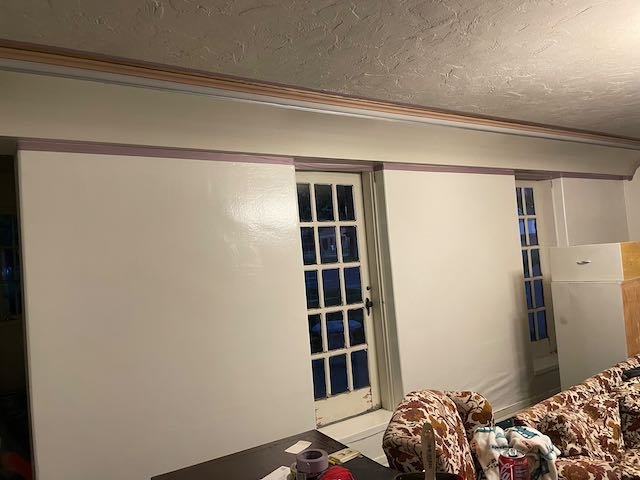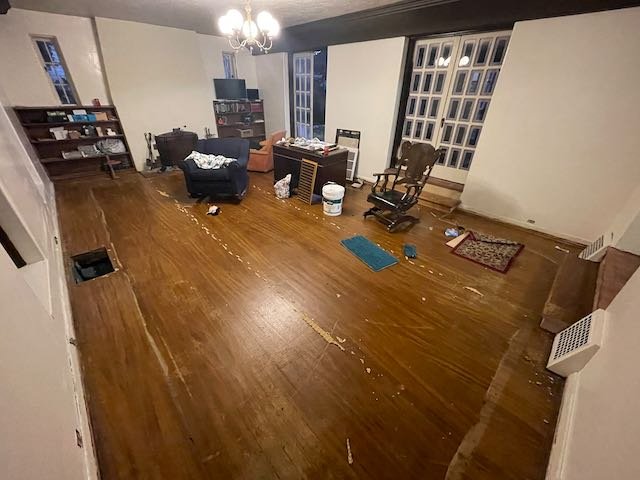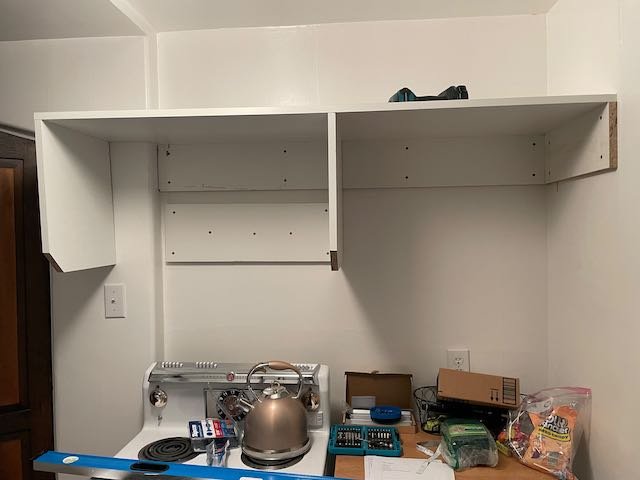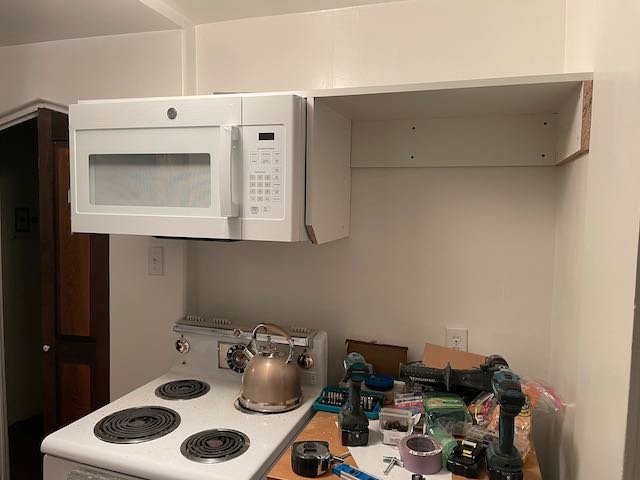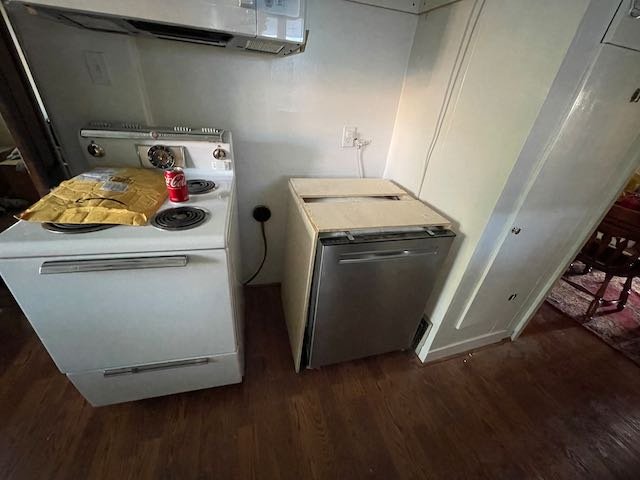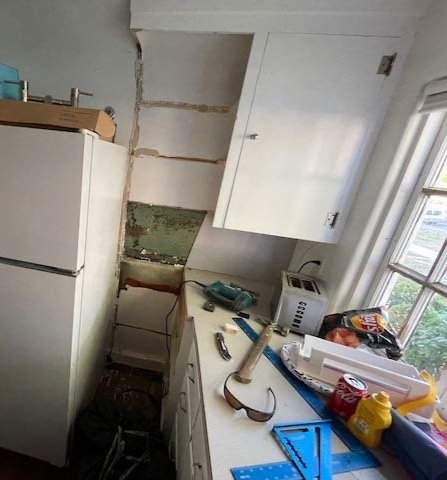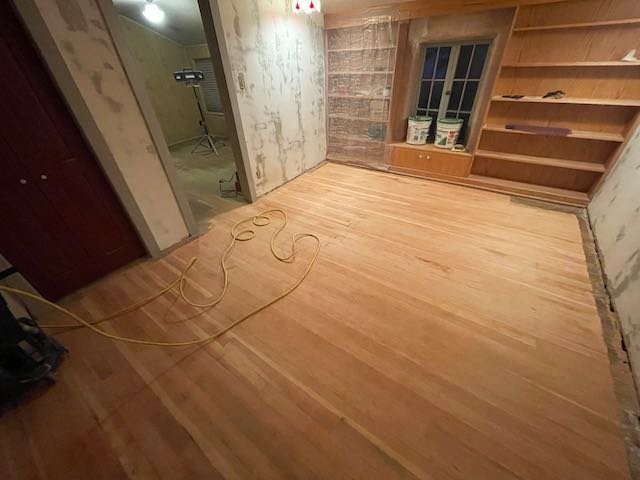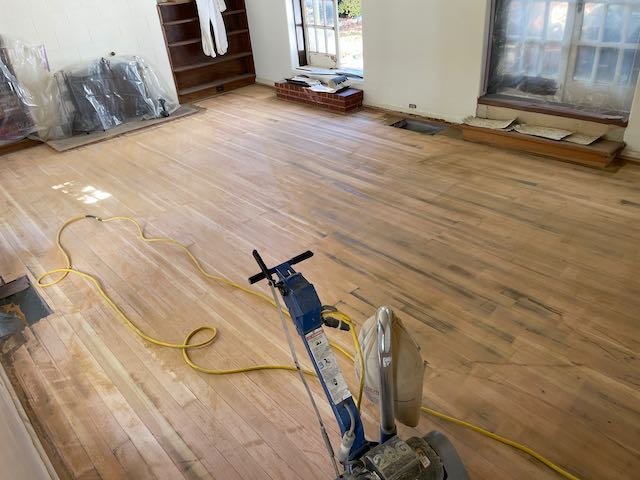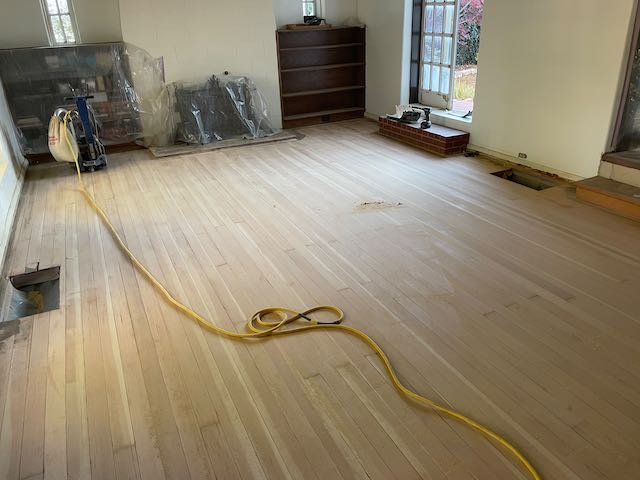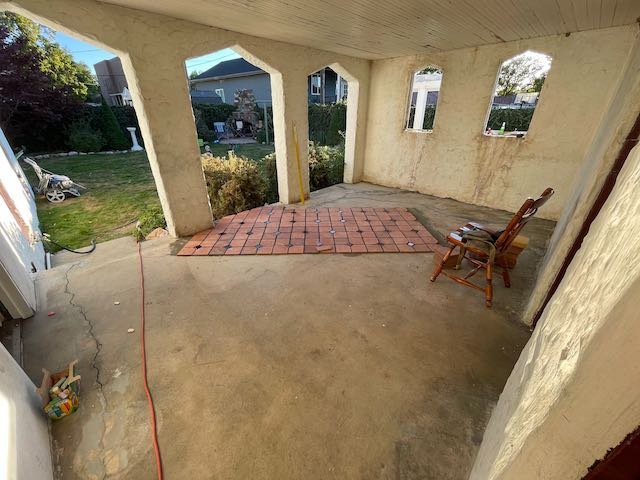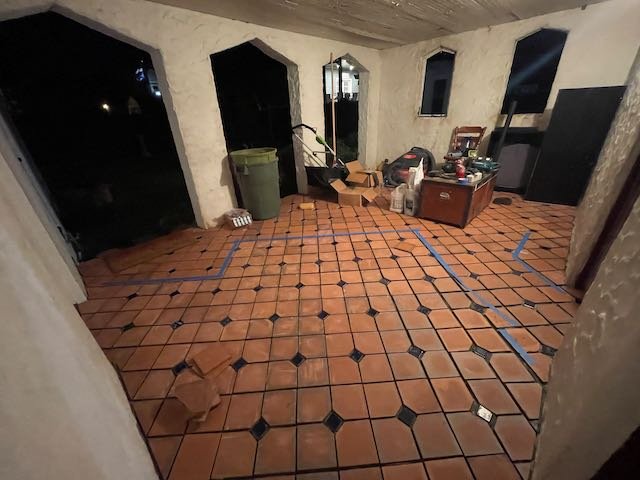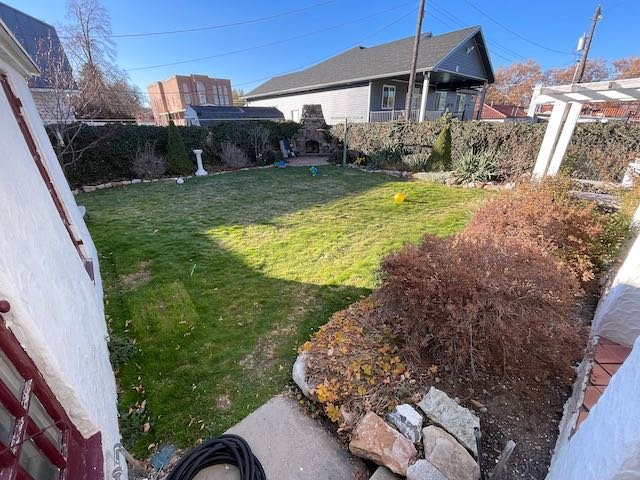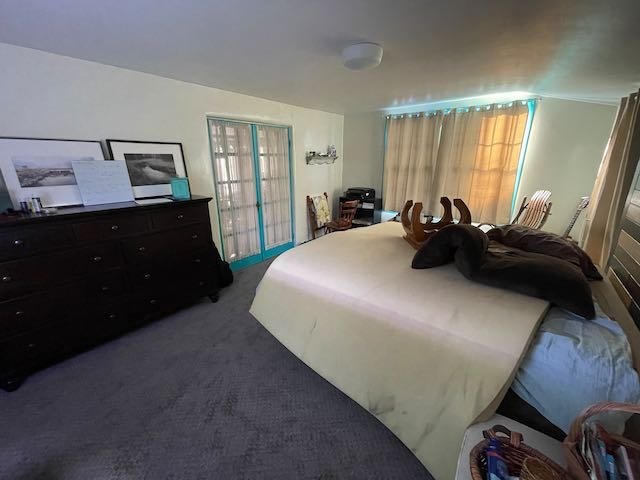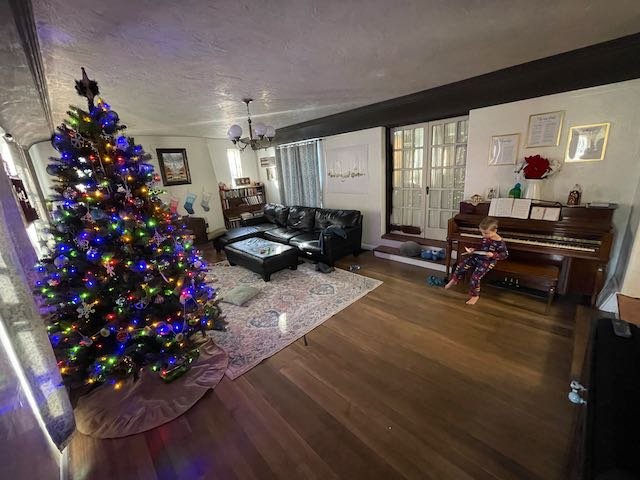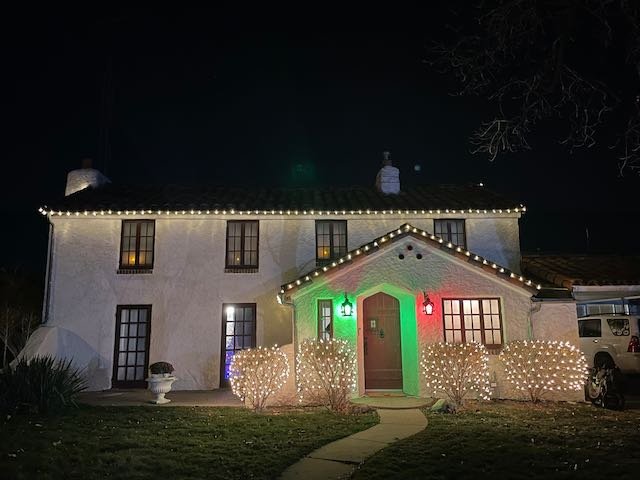I hadn’t intended on publishing this post this soon, and so close to the heels of my last post, but I feel like this one needs to be published sooner than later. It’ll provide a good foundation for my next coming post to be published on Friday, and many more posts throughout the year/years. It’s a long one, but I hope it’ll be worth your time.
Favorite Artist(s)
Ever since the Fall of 2007 when I first heard them, the Avett Brothers have been my favorite group. It was an instant and immediate promotion, knocking out of contention Led Zeppelin, The Smashing Pumpkins, Pearl Jam, Interpol, Death Cab for Cutie, OK Go, Wilco, and Snow Patrol for that top slot. I still remember sitting at the job site in Wolf Creek above Heber in the passenger seat of Sean’s Isuzu Rodeo. Four Thieves Gone had just come out, which didn’t mean much to me at the time, since they were then totally unknown to me. He played the first track, “Talk On Indolence,” and I’ll never forget the rush hearing Scott machine gun those opening lyrics. I don’t remember any other song that got me so amped up in that way, before or after. Rage Against the Machine and Tool are probably the closest comparison, but the emotions they stirred up were from a more angsty and angry and defiant place. “Talk On Indolence” was a much happier and jubilantly rowdy sound. Brandi Carlile can really give me chills with the emotion in her voice in some songs, “The Story” being the one that gets me most, both in degree and in frequency.
It's now been a little over 17 years since that day (I don’t remember exactly which day, though my last.fm profile shows me that I first listened to them on my iPod or iTunes on September 2), and for that duration of time, the Avett Brothers have been my number one favorite band. Or, nearly that long.
Going further back in my musical history, I was introduced to Iron & Wine during the 2002/2003 school year of college. I can’t say he (Sam Beam) was at the top of my list of favorites. He was possibly in my top 10, but not in my top 5. Even still, he was always a constant in my musical rotation, and continues to be today. In 2011, when Kiss Each Other Clean was released, he was more prominent, especially the song “Half Moon.” That song still really makes me happy. It happened again in 2013 with the release of Ghost on Ghost, and two songs were on repeat a lot afterwards: “Caught in the Briars,” and “The Dessert Babbler.” Love Letter for Fire, a collaboration with Jesca Hoop came out in 2016, and I couldn’t stop listening to “The Lamb You Lost” and “Every Songbird Says.” Beast Epic came out in 2017, and while no specific songs really stood out, the album, as a whole, was, and is fantastic.
But the Avett Brothers were also putting out phenomenal albums and EPs: The Carpenter came out in 2012, and I saw them live for that album’s tour in Salt Lake. Then Magpie and the Dandelion came out in 2013, and I saw them in Seattle. True Sadness came out in 2016, and soon supplanted Emotionalism as my favorite Avetts album, while “Talk on Indolence” remained my favorite Avetts song and my favorite song period.
After 2016, both bands slowed down with their album releases, especially with the Avett Brothers. Iron & Wine put out another collaborative album with Calexico in 2019 but didn’t put out a solo album until May of last year, Light Verse, which is really good. The Avetts put out Closer Than Together in 2019, and only a few songs really hooked me, and then they too were silent until May of last year when they released a self-titled album, which, like the previous, only had a few hooking songs. The Iron & Wine album and the Avetts album were released only a few weeks apart and a feeling I’d been having increasingly since the middle of 2023 began to crystalize into something I could define: my love for the Avetts was slowly waning, and that for Iron & Wine was growing fast.
I started to really give in to introspection: who was really my favorite artist? I thought the Avetts would forever be my favorites. But I was connecting more often and more deeply with Iron & Wine lately. Was it too early; had too little time passed for me to really let another group dethrone the Avett Brothers? Was I making a hasty decision? It was an immediate thing for the Avetts to dethrone Led Zeppelin, why wouldn’t this gradual shift be just as legitimate, just as honest, just as true? Maybe even more so? If Iron & Wine really was my new favorite, who was Number 2? Would the Avetts, by default, occupy that slot? Or do they fall farther than just one position? If they fell more than one, who moves up? And, what, in the first place, is the criteria that makes a group my favorite? What makes a Number 1? 2? 3, etc.? As I write this, I acknowledge that I never really defined those criteria. I sat down and looked at all of the artists in my Apple Music library, along with all the artists listed in my last.fm profile, made a list of my 100 most-played artists plus a few others that go deep into my past—favorite bands from high school—so they could all present their case, to use a courtroom as an analogy. Just going off of instinct, I re-structured my top 10 favorite artists. I came to the conclusion that yes, Iron & Wine is now my favorite artist. So I can say my top ten artists stand as follows:
Iron & Wine
The Avett Brothers
Elliott Smith
Interpol
Death Cab for Cutie
Wilco
Secret Machines
Cat Power
Smashing Pumpkins
Grizzly Bear
Spots 3-20 or 25 might be a little fluid, but I think this order might stand for a good while.
I suppose at this time I should try to define what makes a favorite, to put into words what some of those intuitive thoughts and feelings were telling me, how they were guiding me:
How long have I known this artist? How long have they been a part of my life?
How much of a part of my life have they been? Has it just been a casual relationship, or one I’ve turned to often?
Does frequency of listens really matter? What was the intent behind listening?
How much history do I share with that artist?
Do I have any deep and significant memories associated with that artist? What are those memories, and what makes them significant?
How big is this artist’s oeuvre? Does a large or small body of work have a significant influence of their position on my list?
There may be more questions I considered that I either don’t remember or can’t quite articulate still, but this gives a good picture of what was going through my mind and has been going through my mind for at least five or six months, if not longer. And it’s because of this list of questions that it’s so hard to really pin down a definitive top 10 or 25 list of my favorite artists as far as who belongs on it, and which position they occupy.
Favorite Song(s)
Amid this “Who is my favorite artist” “crisis,” I’ve also been pondering what is my favorite song? Is it sill “Talk on Indolence?” That too has also been dethroned this year. Before all this thinking on who my favorite artist was, and then what my favorite song was, I don’t know that I had a definitive list of favorite songs. I only knew that “Talk On Indolence” was my favorite and then a lot of others all contending for various positions, such as “Hard Sun” by Eddie Vedder, “Half Moon” and “The Dessert Babbler” by Iron & Wine, “Farewell Transmission” by Songs: Ohia, “The New” by Interpol, “Transatlanticism” by Death Cab for Cutie. So along with compiling a list of my favorite artists, I’ve tried to put together a list of my favorite songs of all time, and, like the artists list, will surely be a fluid thing, but as it stands now, this is what I have:
“Willie,” by Cat Power
“Half Moon,” by Iron & Wine
“The Dessert Babbler,” by Iron & Wine
“Two Weeks,” by Grizzly Bear
“Hard Sun,” by Eddie Vedder
“Ain’t No Man,” by The Avett Brothers
“The New,” by Interpol
“Transatlanticism,” by Death Cab for Cutie
“I’m the Man Who Loves You,” by Wilco
“When the Stars Go Blue,” by Ryan Adams
Do you see what is not on the list? Do you see how far down that list is the artist that was once my favorite of all time? To say it was a struggle to come up with this list and to realize that “Talk On Indolence” wouldn’t make the cut would be like saying the ocean is damp. Among the considerations listed above regarding what constitutes a favorite, was what message the song carried, and what emotions were stirred up. I also had to take into consideration melodies, harmonies, tunes, instrumentation, vocals, lyricality (a song can have a good message or meaning, but told through or with poorly written lyrics). In all this contemplation, I’d realized that “Talk On Indolence” needed to make way for other Avetts songs to rise to the top, as far as what the song means to me. That song is my most played ever: I’ve listened to it over 500 times, as shown by my last.fm data to date. But again, does play count alone rank my favorites? The answer, if you haven’t deduced by now, is a resounding “no!”
Around April I played “Willie” by Cat Power. Actually, I played that whole album, The Greatest. When I came across that album in 2007 (it came out in 2006), I played it on repeat several times a day. It was like a soothing balm to my soul in the chaos and rough day-to-day pace of framing houses. “Willie” was/is such a great song: the story of two lovers who couldn’t be separated, beautiful lyrics sung beautifully by Chan Marshal’s soft, yet strong voice, the wonderful saxophone guiding the melody along. But over the past 10 years or so, that album wasn’t a regular feature in my musical choices or rotation, so when I really listened to it in April, a flood of memories came back, and those same feelings of calm and tranquility washed over me. It only took a few listens to realize that that song belonged in the top spot, and should have remained there the whole time. Now married, and with two boys, it just touched my soul: I love Gina with my whole self, and Tommy and Jonah too, and that song stirred up all the feelings of love and joy that I have for them. It’s not the number one song I turn to when I’m pining for her—that song is “Islands in the Stream” covered by Feist and Constantines. But “Willie” is now firmly at the top of the list of favorites, then the two by Iron & Wine are equally firm in their respective positions. At least for now. As I’ve said, these things are fluid, and life changes the more it goes on, and who knows what song or songs will have a profound impact on my in a year or 10?
New All Songs Playlist
And now the final topic. I’ve listened to the All Songs Considered podcast from NPR since late 2005 or early 2006, I’m not totally sure. But ever since then, I’ve kept and curated a playlist of the songs I’ve added to my library that were discovered through and because of that podcast. It was (I know I’m spoiling things a bit by using the past tense here) 18 or 19 years old, and I don’t know how many songs had been added to it. That playlist was a representation of all of my discoveries and my separation from mainstream record labels, and artists: pretty much all the stuff you hear on top 40 radio stations over and over. So when that playlist somehow got inadvertently deleted in August last year, I was devastated. And frustrated. All of that history was gone. So many lone songs in my music library were now orphaned. I knew many of the songs that were in that playlist, but there were so many more that I rarely ever played unless I listened to that playlist, but still really enjoyed listening to. Luckily I had duplicated part of that playlist on Spotify, but that only spanned about 4 years of those musical discoveries. I still have no idea how that playlist got deleted. I had been updating it and adding some new songs to it, and when I went to add a song after having added a few songs to it, it was gone.
I mourned the loss for a few days (not to sound overly dramatic), wondering how to proceed. Do I reconstruct it? How? Do I just make a new one and it would only have the songs I’d discovered since the creation of this new one? I decided on reconstruction. I knew that the podcast has had an accompanying blog since it’s inception, so, along with the partially duplicated Spotify playlist, I went as far back as I remembered listening to that podcast—in reality, I’m sure I went back a little earlier—and made a spreadsheet to which I added every artist and song that seemed remotely familiar. Then, using that spreadsheet, I’ve been able to cross reference songs that are in my library and reconstruct the playlist. But I learned very early on in the process that songs would be in this new playlist that hadn’t been in the first incarnation, or even my library, originally, and I had to accept that this new one would not be as organic as the previous one. There are songs in this new playlist by artists I came to know and enjoy at a later point in their career that I had not added to my library and original playlist. There are songs from my high school years, classic rock songs, that I didn’t add to the original playlist because they were not “discoveries” but now exist in this new one. Both of those statements show that now this new playlist is a much more accurate representation or cross section of my overall musical tastes, and therefor I’m much more excited about this playlist than I was at the beginning. I don’t know if I can say that I’m more excited about this playlist than the old one, but I’m excited about it.
You can scroll through and/or listen to the first 100 songs on the playlist below. At the time of publishing this post, the playlist as a whole sits at 1051 songs, and I’m adding to it regularly.
